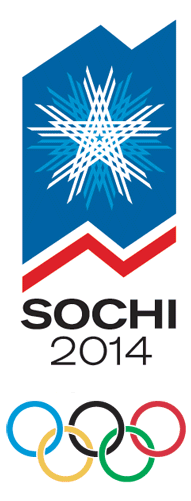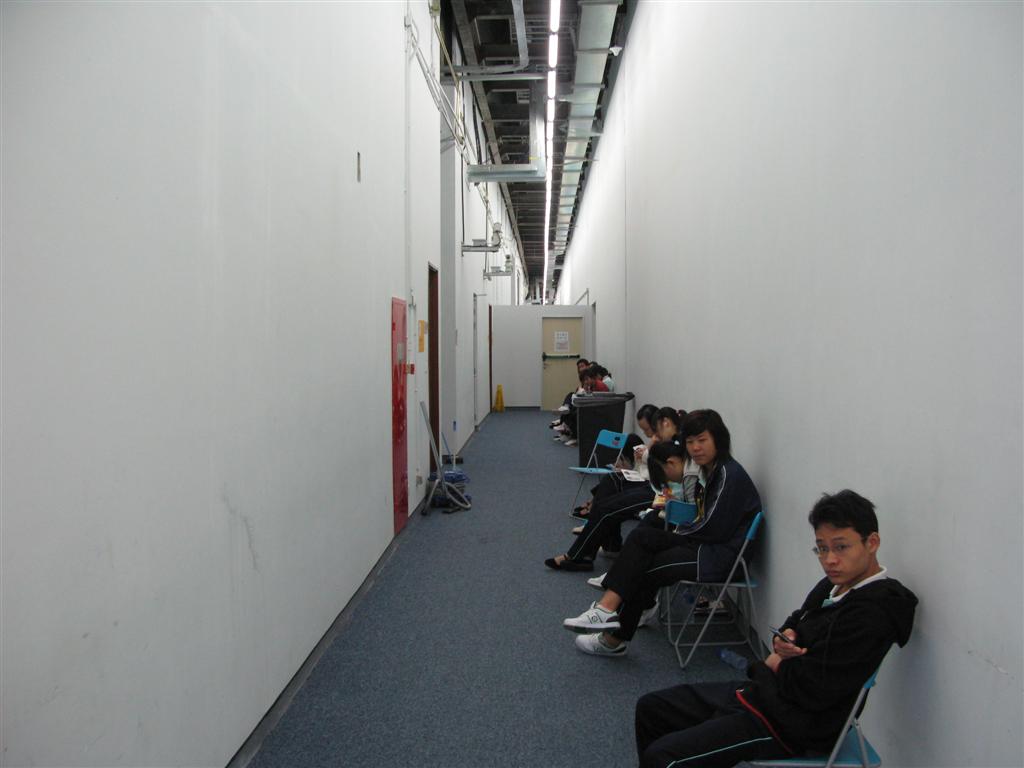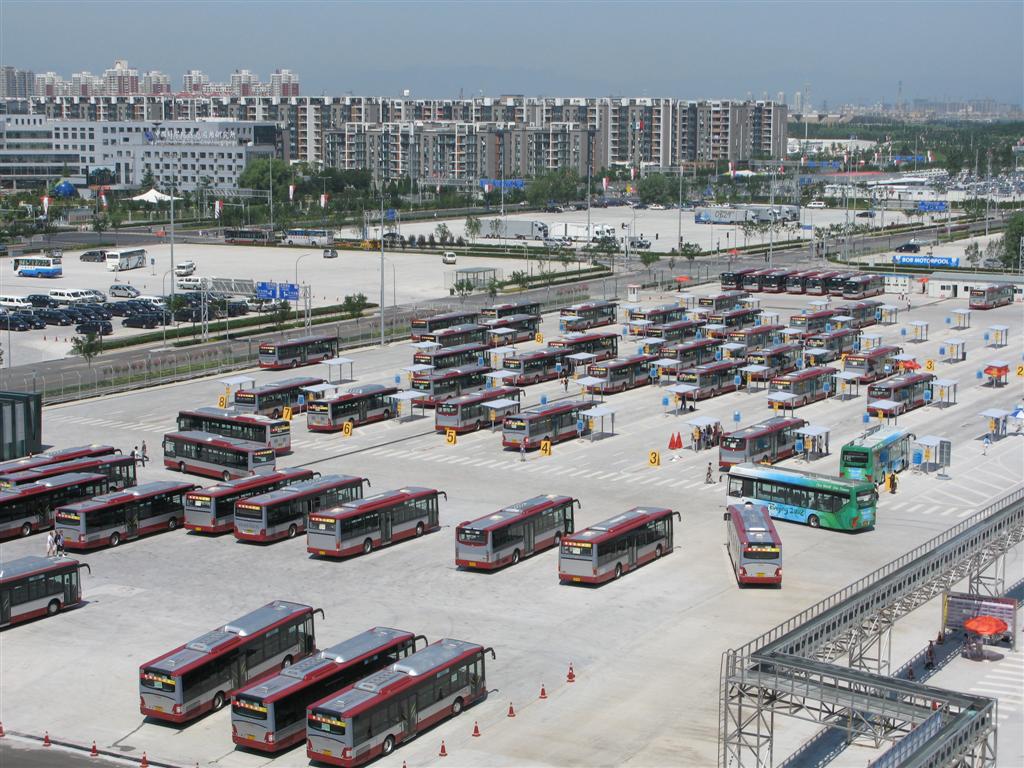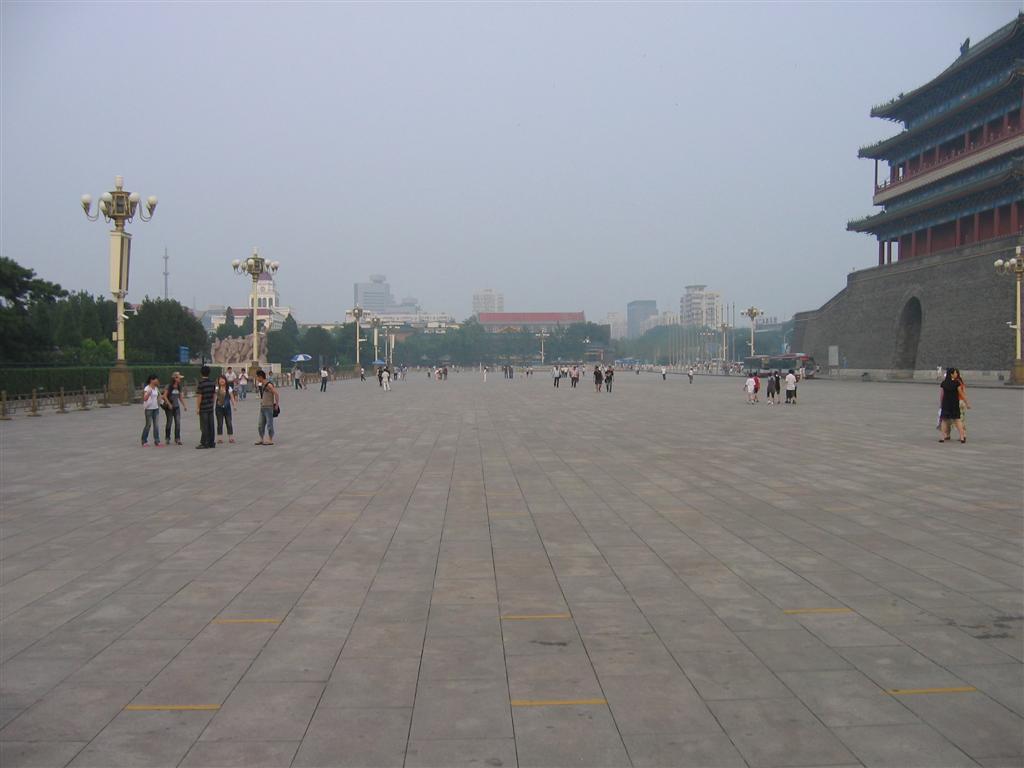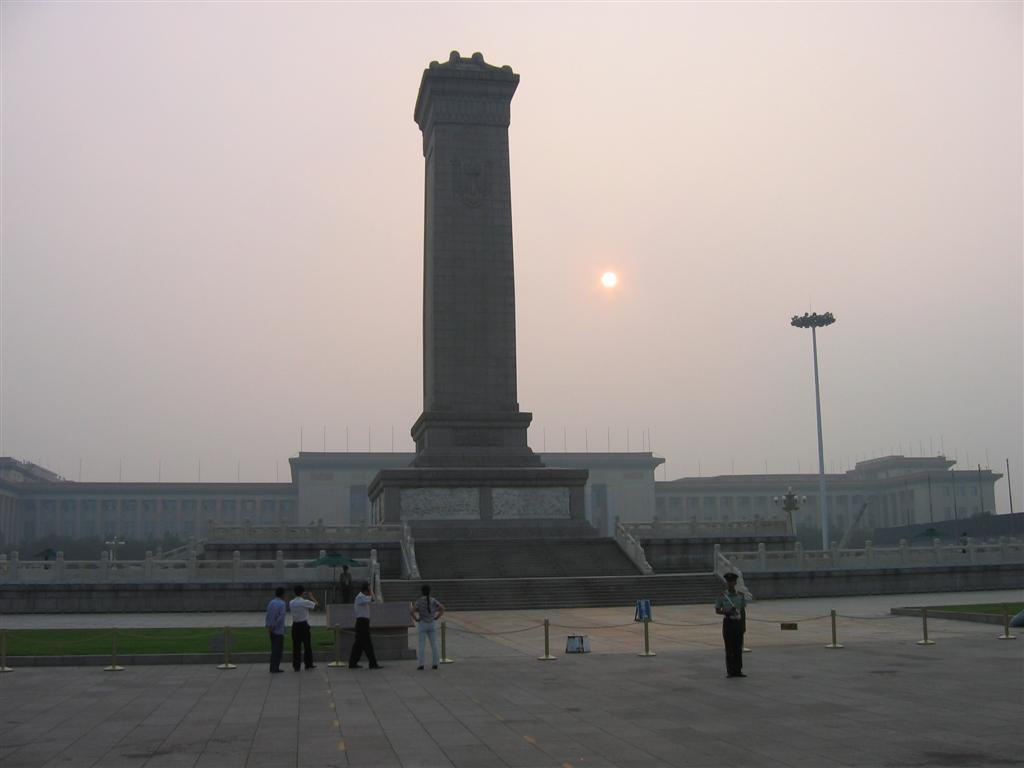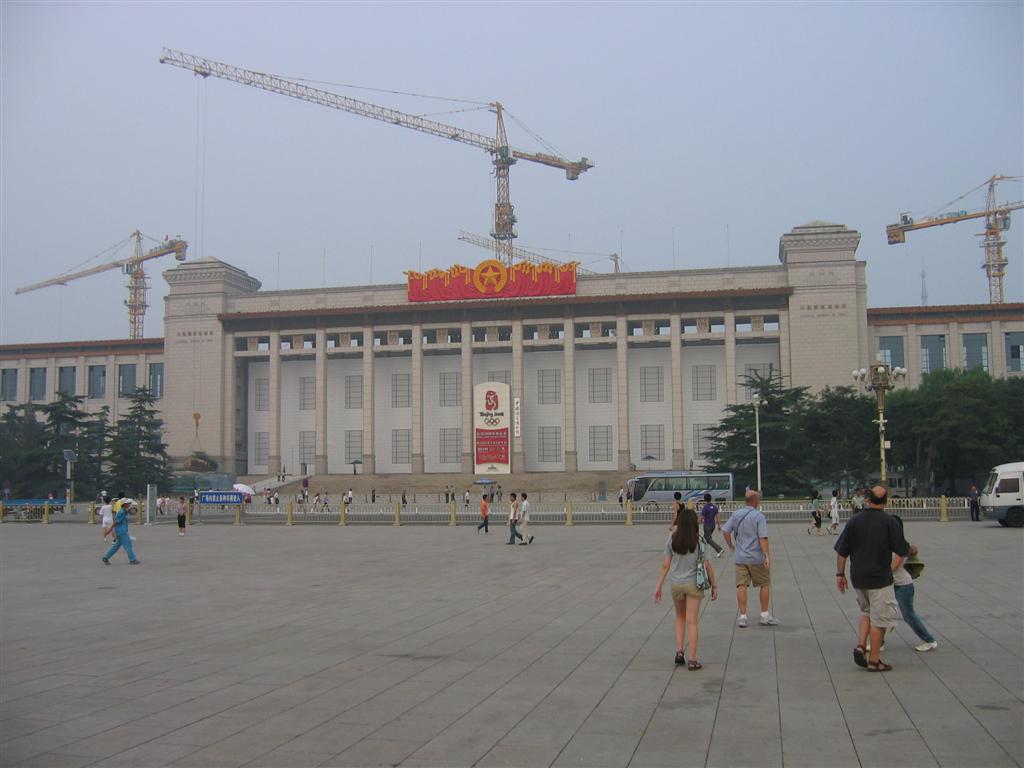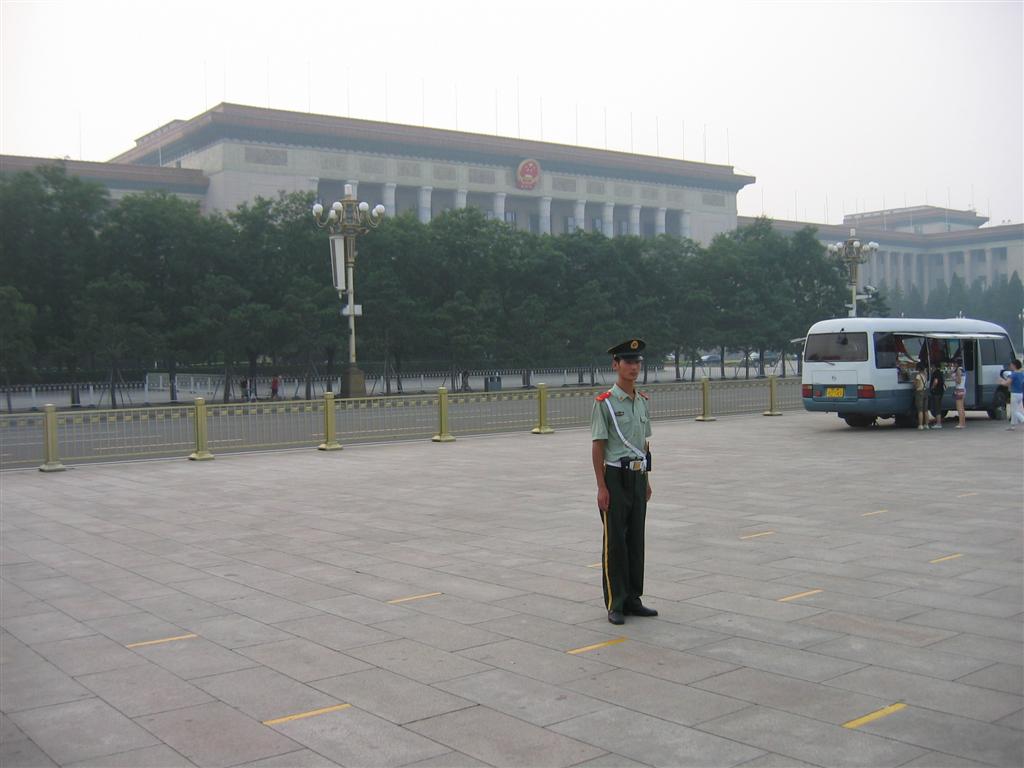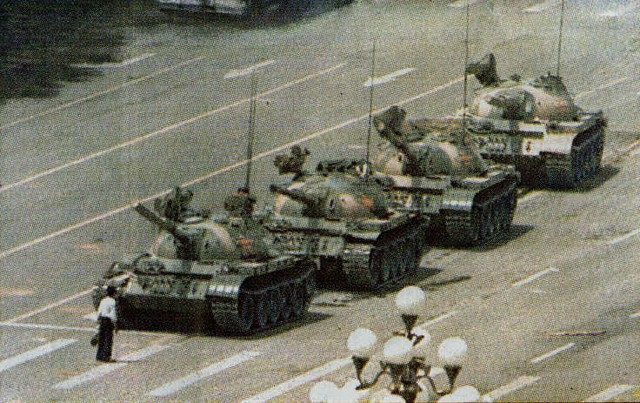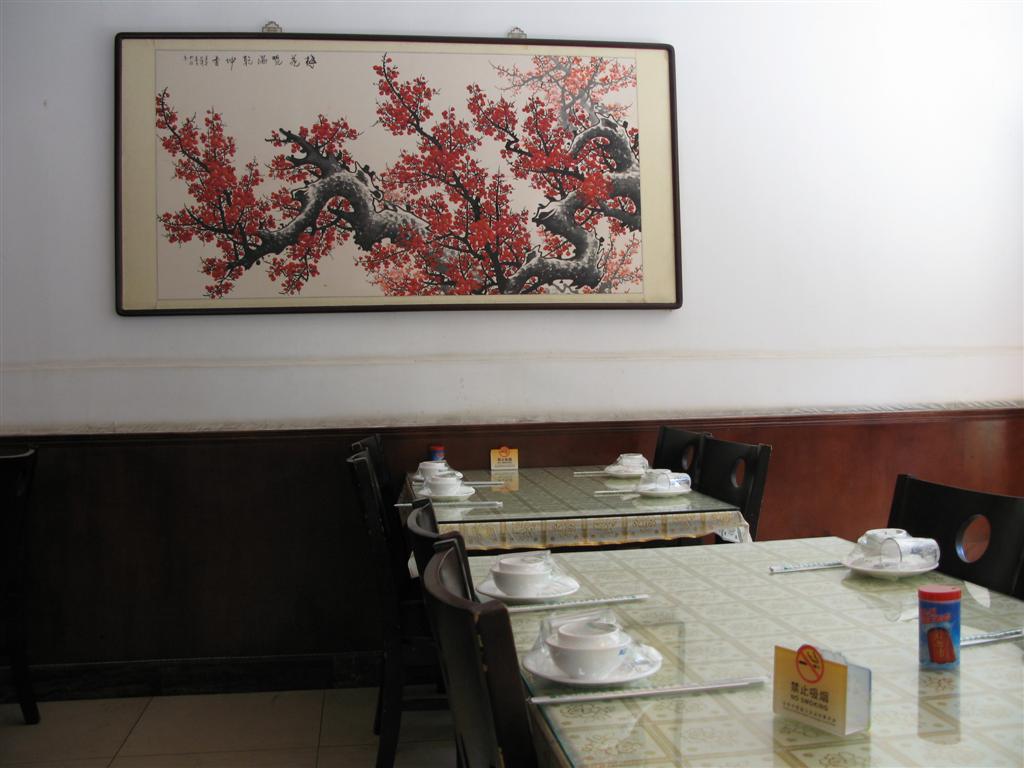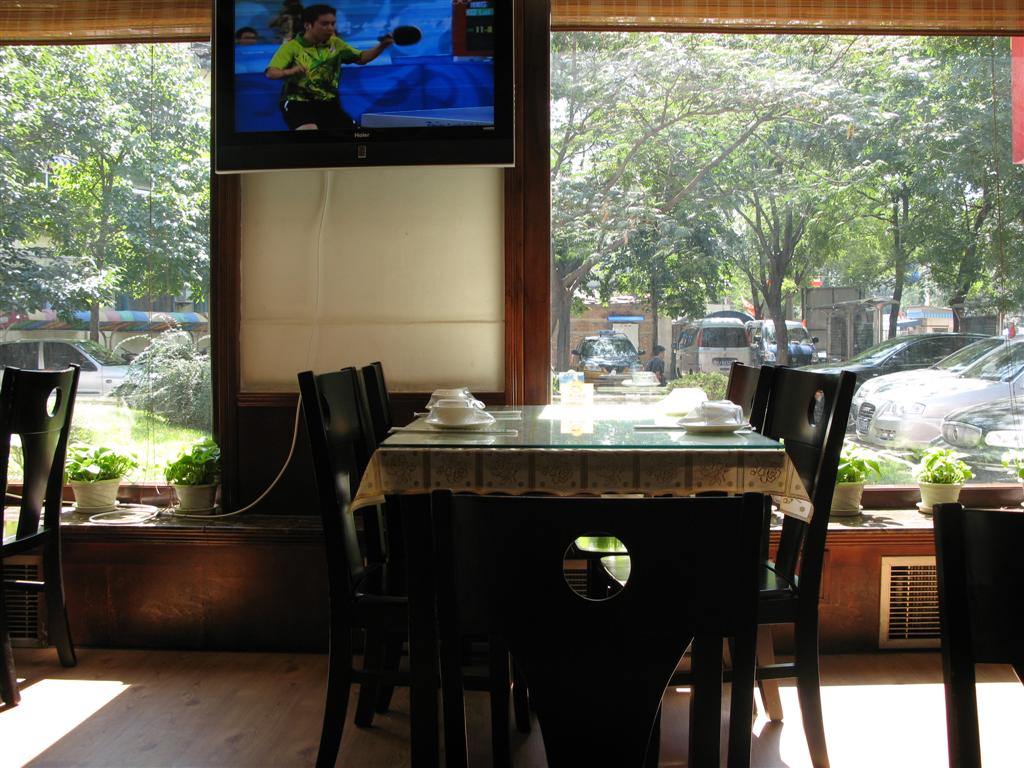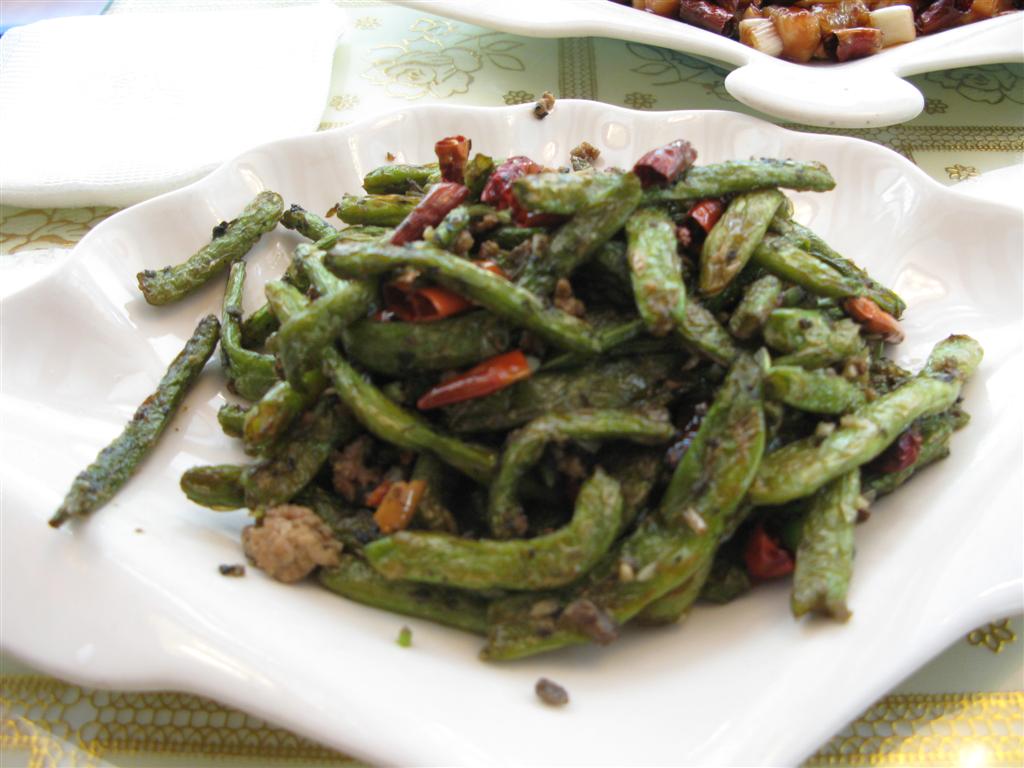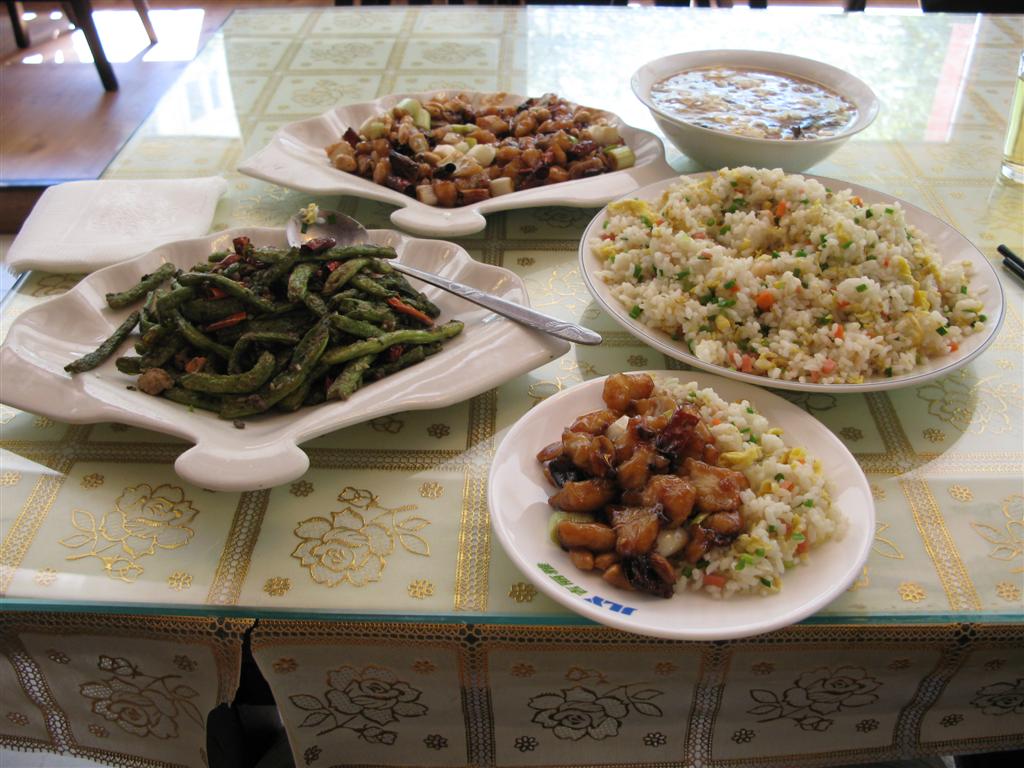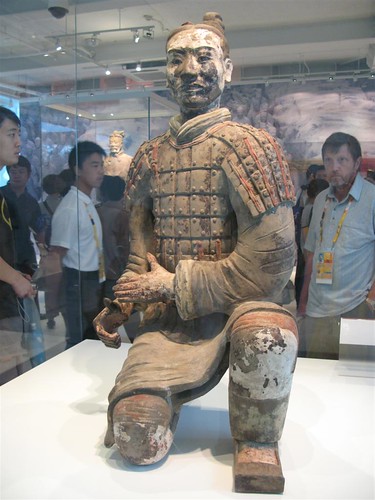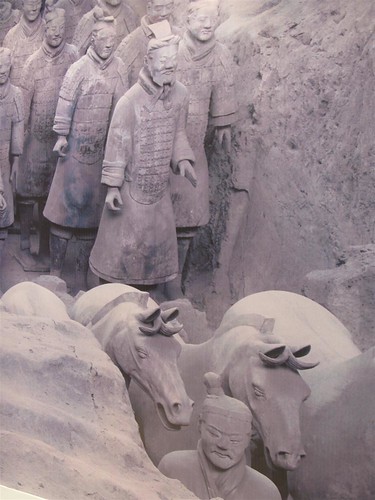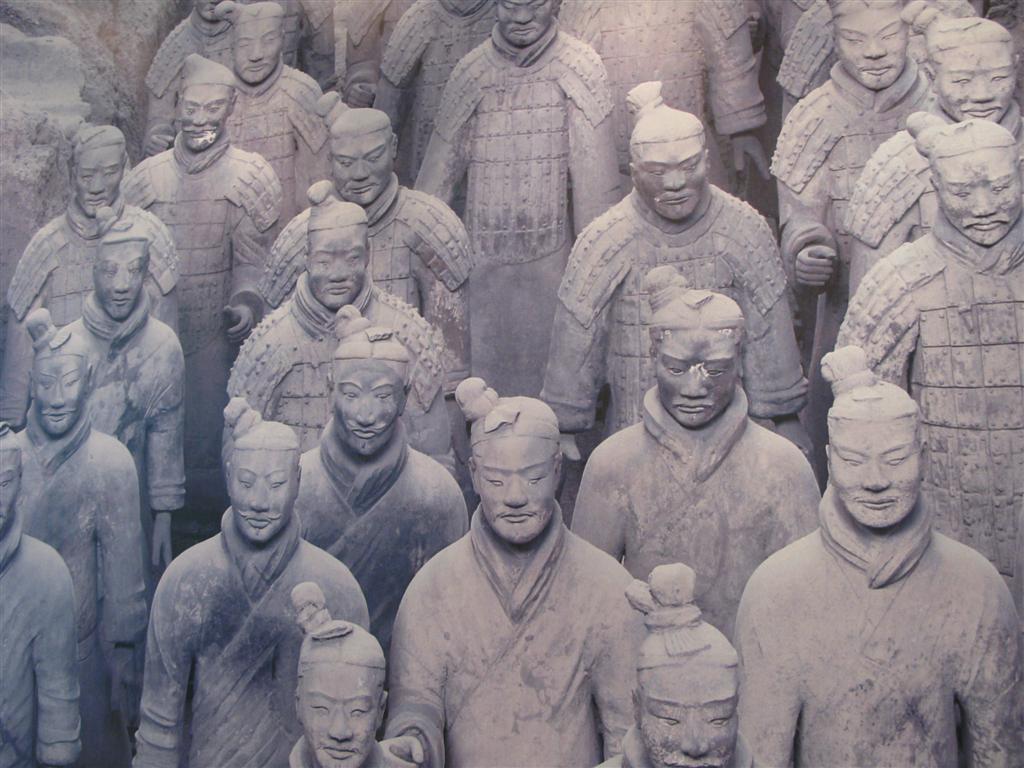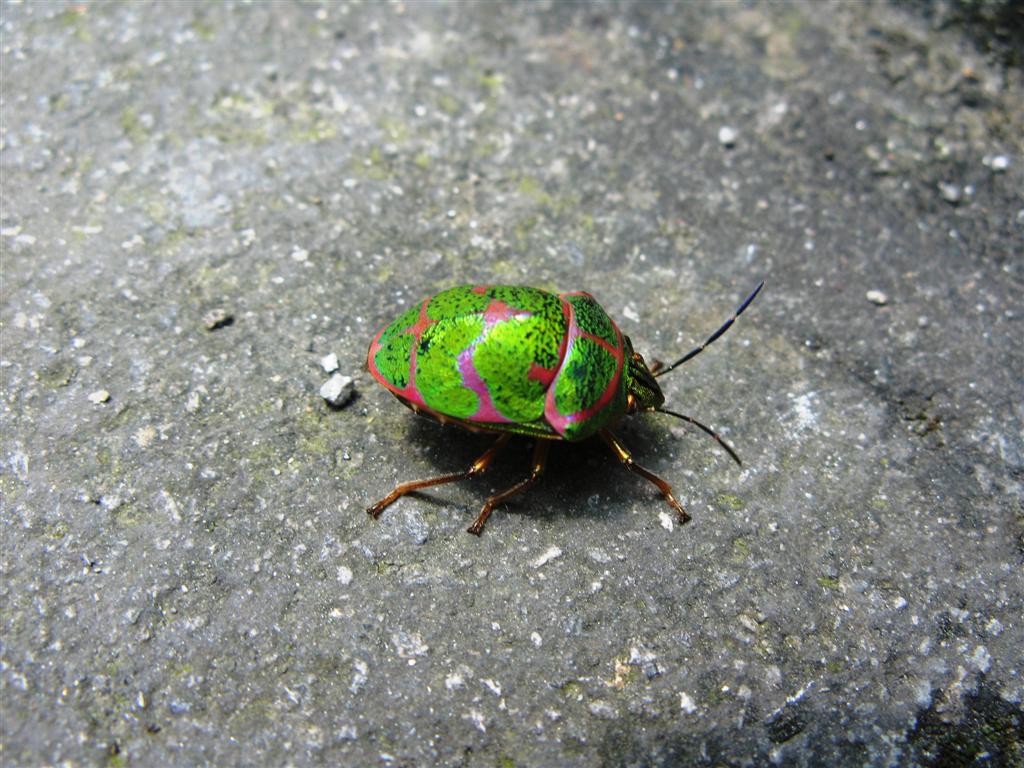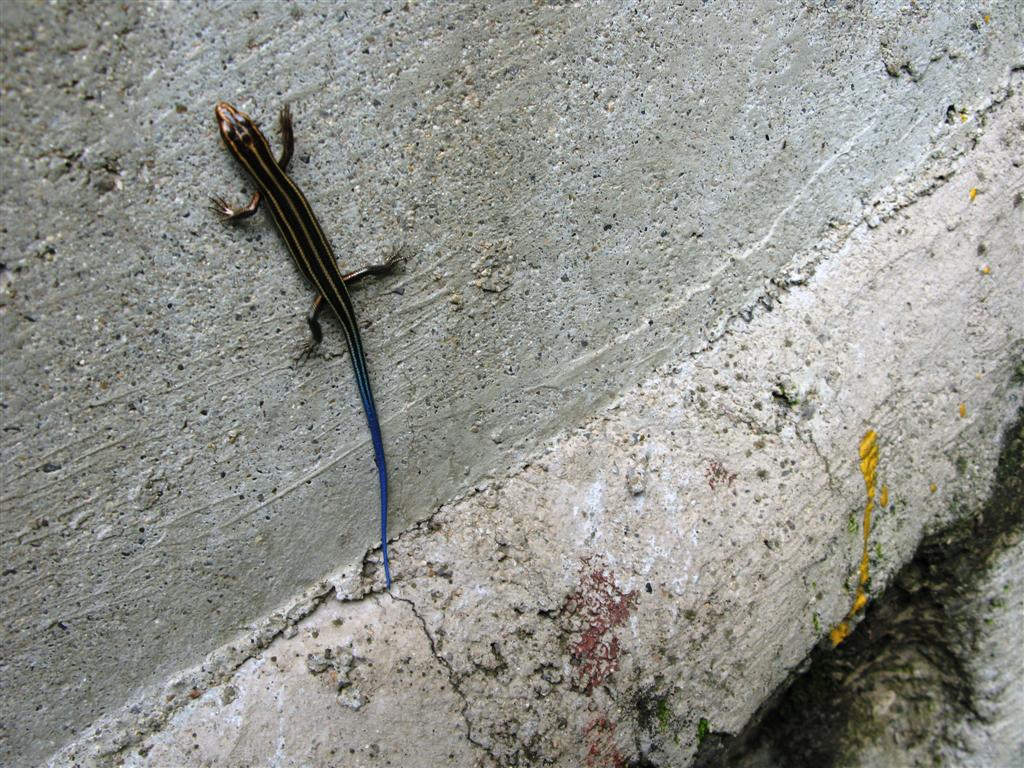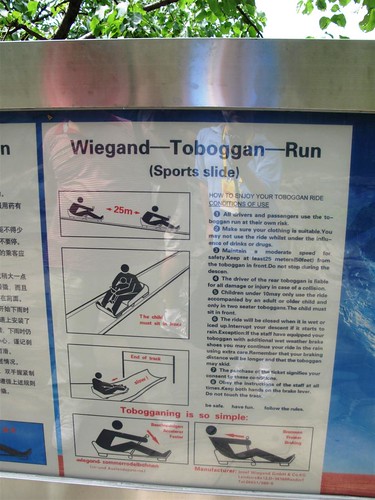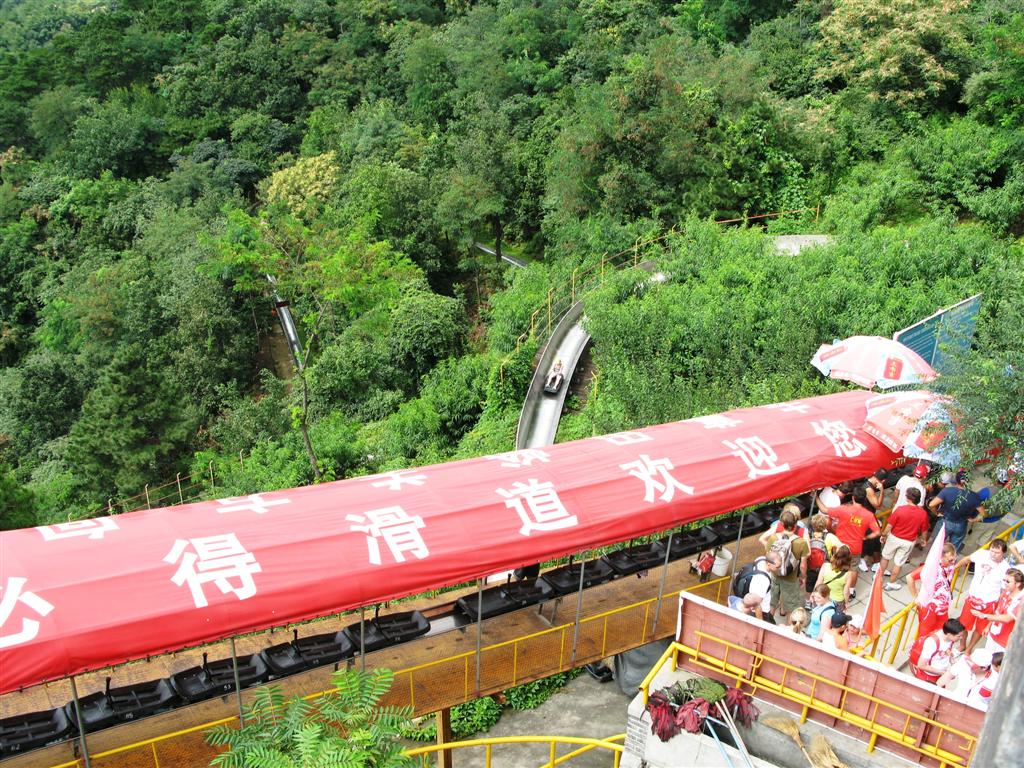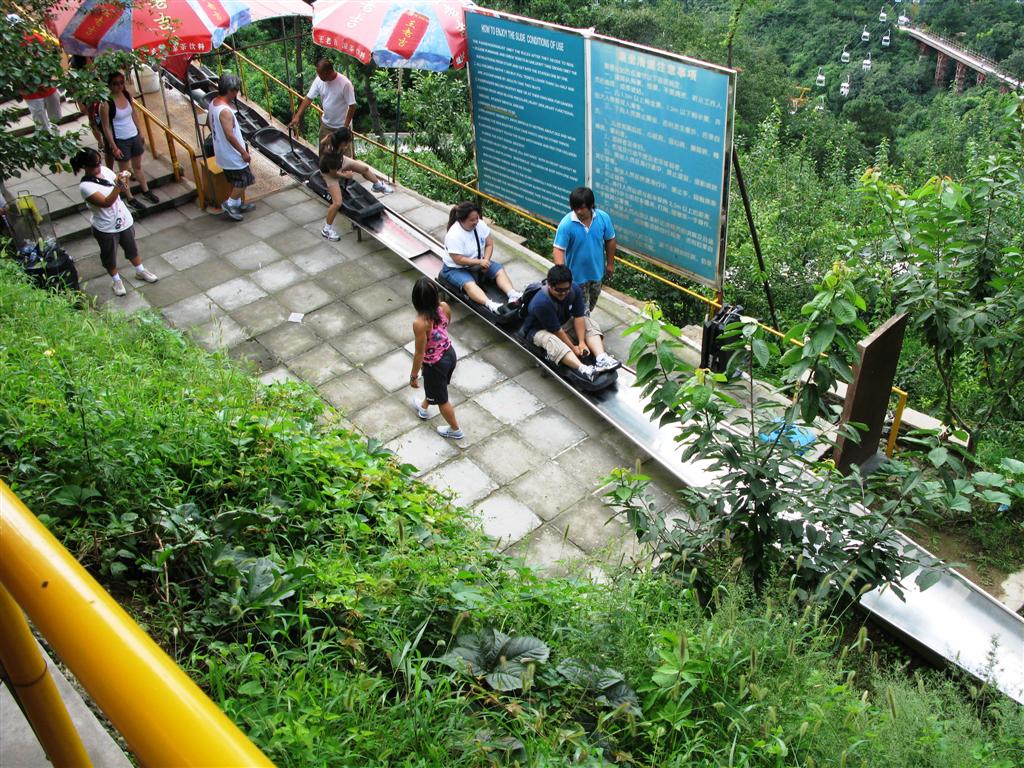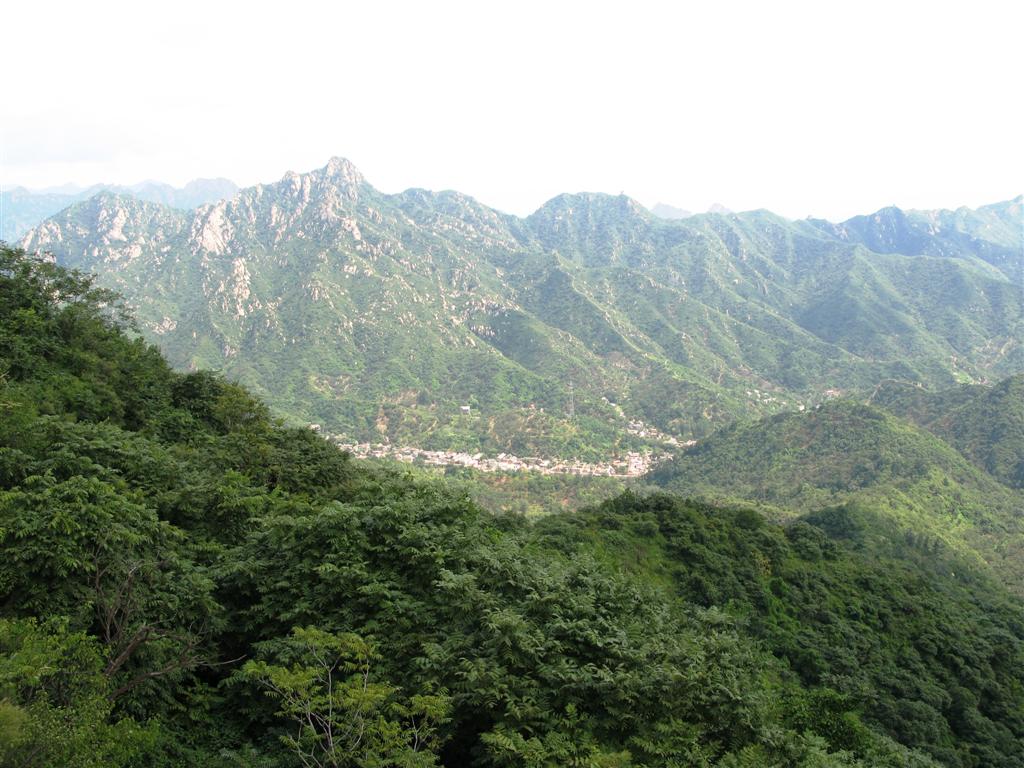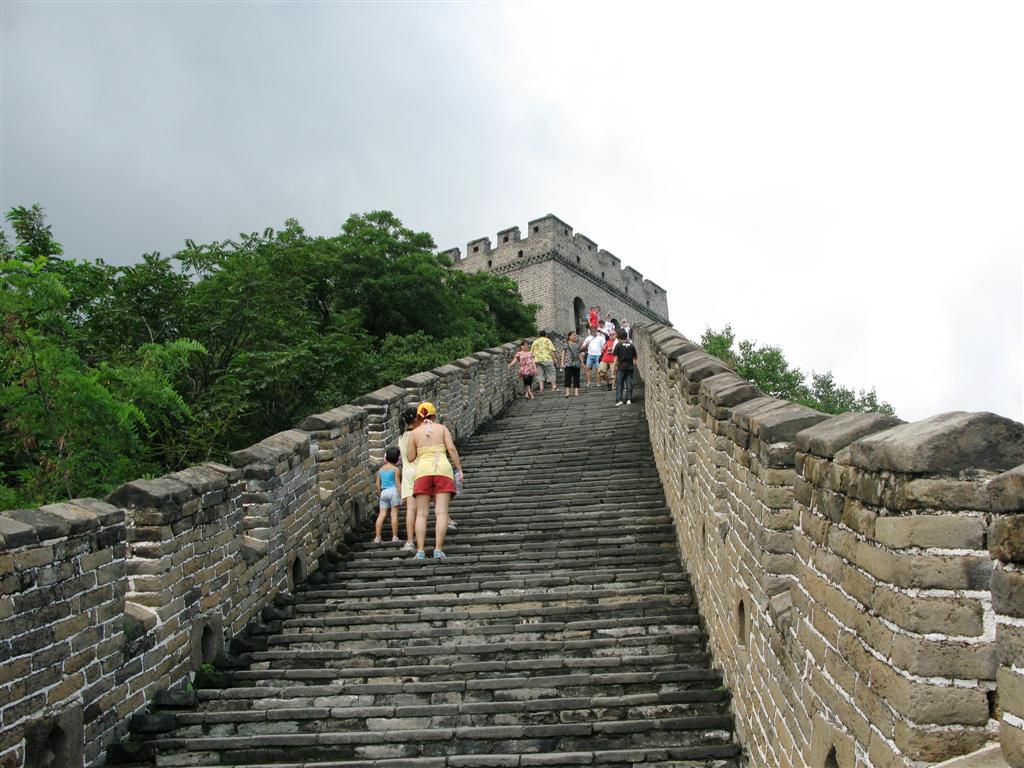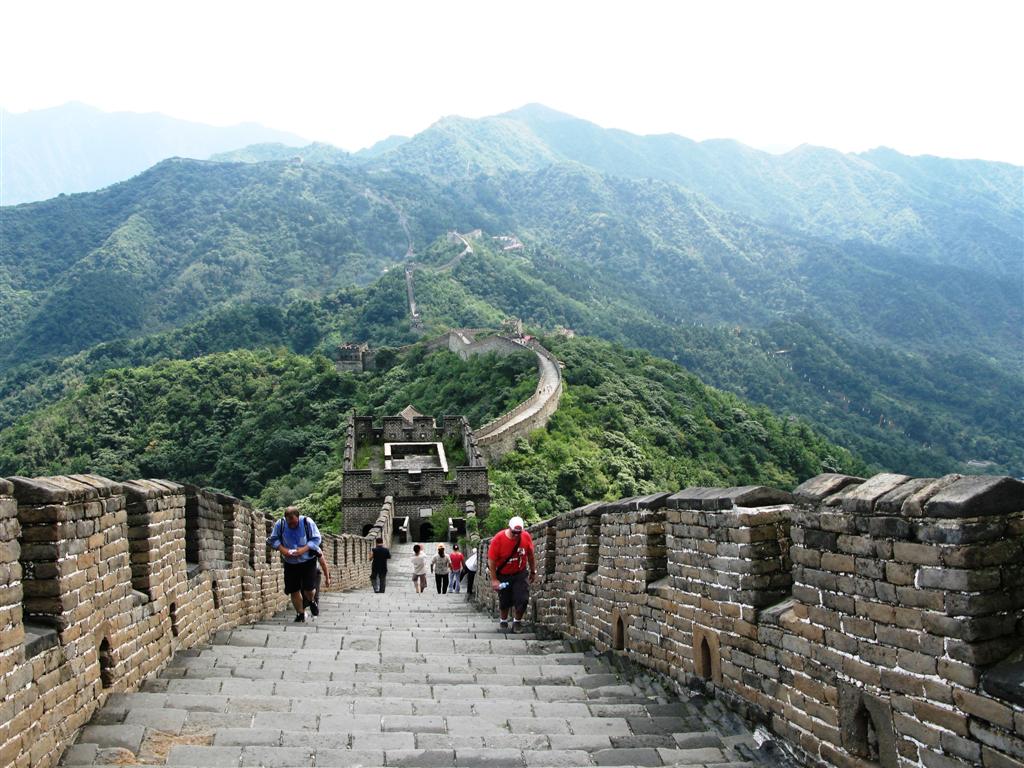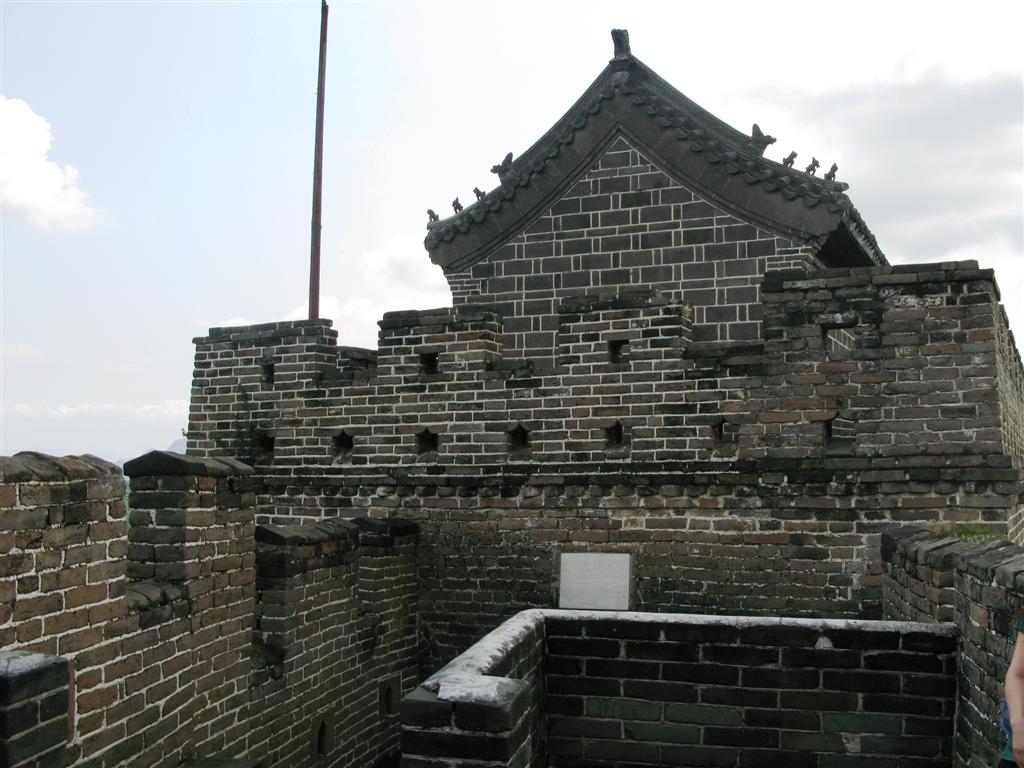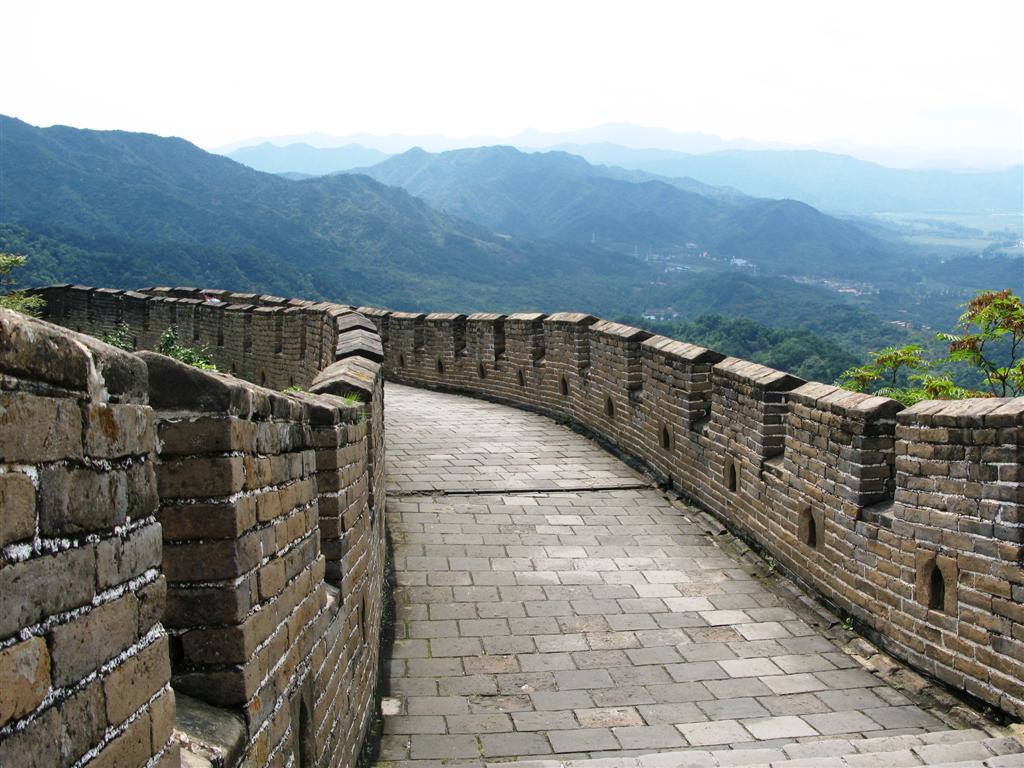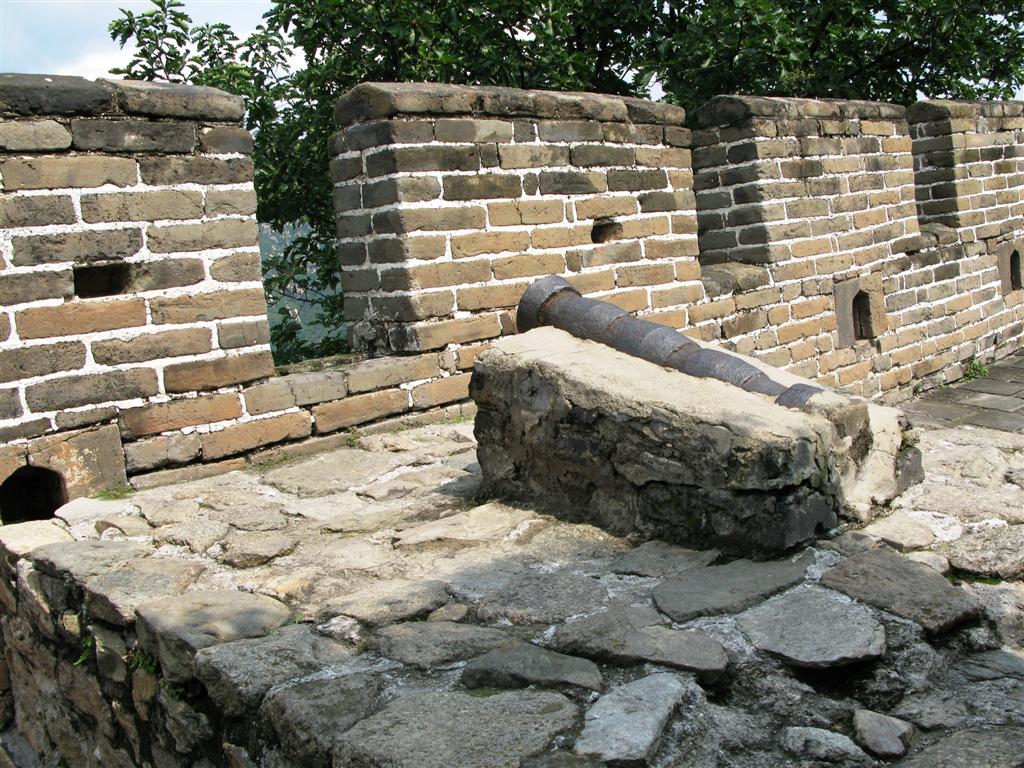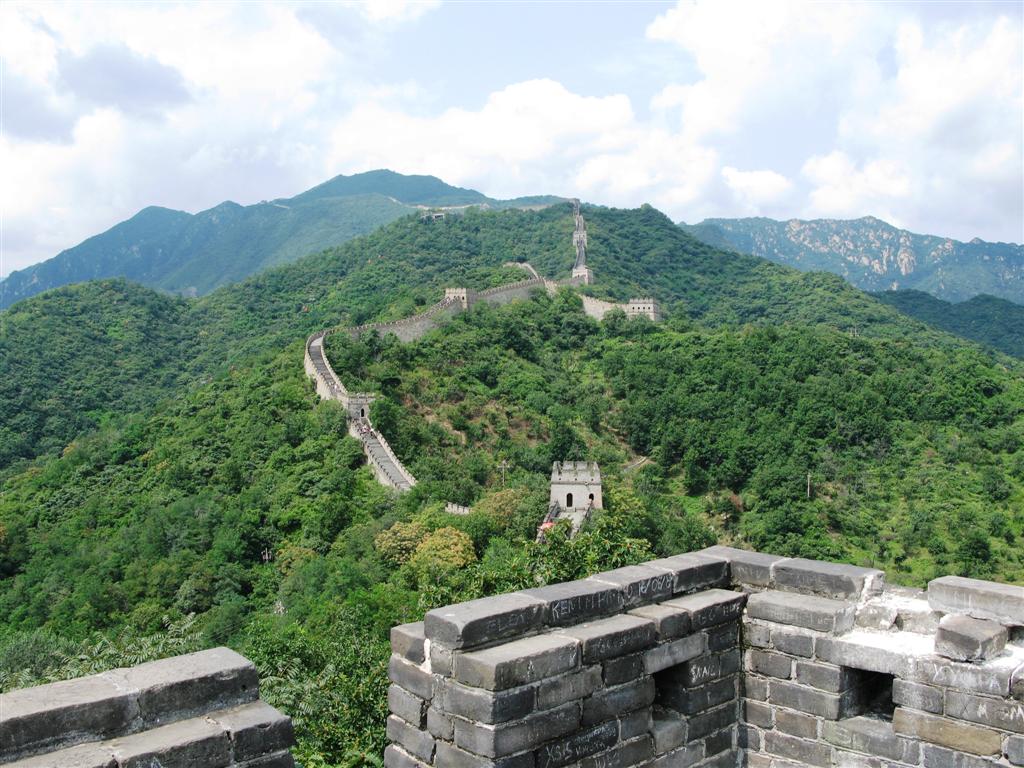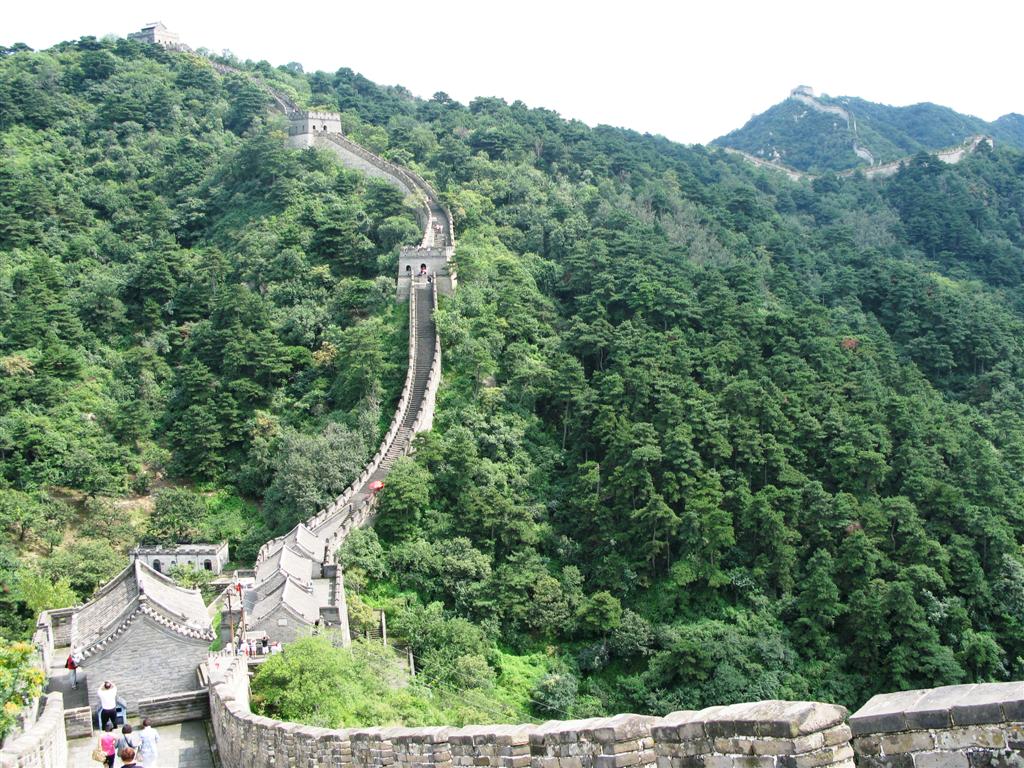It is that time again! I am heading off to Sochi on February 1st, and once again, I will be keeping a blog of my time at the Olympics.
You can visit my new blog at Sean's Sochi Olympic Blog. I hope you'll come follow me around for my first time in Russia, it should be an interesting experience!
Cheers - Sean
Thursday, January 16, 2014
Saturday, June 23, 2012
London Calling.
Can't hardly believe it, but, I am heading off to London on July 21st, and once again, I will be keeping a blog of my time at the Olympics.
You can visit my new blog at Sean's London Olympic Blog. I hope you'll come follow me around for my first time in London, it should be a fun time!
Cheers - Sean
You can visit my new blog at Sean's London Olympic Blog. I hope you'll come follow me around for my first time in London, it should be a fun time!
Cheers - Sean
Friday, January 15, 2010
See you in Vancouver!
Yes, it's that time again! I am heading off to Vancouver on February 7th, and again, I am keeping a blog of my time at the Olympics. You can visit my new blog at Sean's Vancouver Olympic Blog.
I hope you'll come follow me around Vancouver, it should be a fun time.
Cheers - Sean
I hope you'll come follow me around Vancouver, it should be a fun time.
Cheers - Sean
Sunday, August 24, 2008
I Hate Long Good-Byes!
Actually, I'm writing this on Sunday morning, but scheduling it to be posted early on Monday morning. I'm probably not going to bring my laptop back in to the IBC when I come in to watch the closing ceremonies tonight, so I may not get a chance to post again before I head home.
If that turns out to be true, I need to wrap things up now. Like every Olympics I have been to, this has been an amazing experience, even working the night shift. I have learned so much, and seen and experienced things I never would have imagined that I would have a chance to see and do.
I am always asked what has been my favourite Olympics, but it is impossible to choose. Each experience has been so unique that they can't be compared. I will say that I have thoroughly enjoyed the Beijing experience, and have only scratched the surface of what there is available to do and learn from (but it's probably a good thing that I'm leaving, as I am turning into a shopaholic).
The COMMs team and the people in the IBC have also been great. As most of the people here are free-lancers, many don't see each other other than at the Olympics. It is like a fraternity that only gets together every couple of years.
I have to thank NBC for continuing to invite me to the games, and Telex Communications (my client) and Kerr Vayne Systems (my employer) for continuing to allow me to come. I am so lucky - as they say in the industry "It's a good gig".
Mostly, I want to thank you all for reading and for keeping me company on my journey, especially Susan, Connor, and Caitie, who never get to come and experience this with me, and who I've hardly had a chance to talk to for three weeks because of the time change. Strange to be conversing via email with Susan, MSN with Caitie, and Facebook with Connor - we take this kind of connectivity for granted.
I love you all, and can't wait to get home to see you!
If that turns out to be true, I need to wrap things up now. Like every Olympics I have been to, this has been an amazing experience, even working the night shift. I have learned so much, and seen and experienced things I never would have imagined that I would have a chance to see and do.
I am always asked what has been my favourite Olympics, but it is impossible to choose. Each experience has been so unique that they can't be compared. I will say that I have thoroughly enjoyed the Beijing experience, and have only scratched the surface of what there is available to do and learn from (but it's probably a good thing that I'm leaving, as I am turning into a shopaholic).
The COMMs team and the people in the IBC have also been great. As most of the people here are free-lancers, many don't see each other other than at the Olympics. It is like a fraternity that only gets together every couple of years.
I have to thank NBC for continuing to invite me to the games, and Telex Communications (my client) and Kerr Vayne Systems (my employer) for continuing to allow me to come. I am so lucky - as they say in the industry "It's a good gig".
Mostly, I want to thank you all for reading and for keeping me company on my journey, especially Susan, Connor, and Caitie, who never get to come and experience this with me, and who I've hardly had a chance to talk to for three weeks because of the time change. Strange to be conversing via email with Susan, MSN with Caitie, and Facebook with Connor - we take this kind of connectivity for granted.
I love you all, and can't wait to get home to see you!
You Say You Want A Revolution
"Well, you know, we all want to change the world..."
The history of China is mostly one of long lasting Imperial Dynasties stretching over two thousand years. The Emperors were involved, of course, in conflict, politics, treachery, intrigue and greed, but for the most part they were a unifying force and provided stability to the country.
The ancient Chinese society was sophisticated and technologically advanced, bringing four great inventions to the world: paper making, gun powder, printing with moveable type, and the compass.
During the later years of the Qing dynasty (1644-1911), China stagnated, particularly miltarily, and foreign and internal pressures lead to rebellion and revolution.
Most of the 20th Century was marked by instability. The Republic of China formed after the fall of the Imperial Dynasty was a period of deep unrest and the growing influence and power of the Communist Party of China. The civil war from 1927 to 1950 was interrupted by World War II and a bitter conflict with Japan, after which the CPC maintained control over most of China.
"But if you go carrying pictures of Chairman Mao, you ain't gonna make it with anyone anyhow..."
In October, 1949, Chairman Mao Zedong declared the founding of the People's Republic of China in Tiananmen Square. Mao remained leader of the PRC until his death in 1976. Both reviled and revered, and at times associated with God-like status, Mao had an enormous impact on modern China.
His "Great Leap Forward" from 1958 to 1960 was an ambitious economic and social plan to rapidly convert Chinese society from one dominated by peasant farmers, into a modern industrial communist society. The plan was a massive failure, and resulted in the starvation of between 14 and 43 million people.
A second attempt at a "Cultural Revolution" was attempted between 1966 and 1976. A power struggle within the Communist Party, it was obstensibly a campaign to rid China of its "liberal bourgeoisie" through the destruction of Old Customs, Old Culture, Old Habits, and Old Ideas.
The Cultural Revolution enabled and mobilized the youth of the nation, who formed legions of "Red Guards", roving the country to preach the teachings of Mao. The Red Guard destroyed museums and temples, books, and art, and anything representing any of the Four Olds.
The revolution is viewed now, historically, by even the Communist Party, as another complete disaster for the nation and its people. Mao's leadership from 1949 through 1976 resulted in millions of deaths, persecutions, and severe restrictions of human rights.
At the same time, it is noted that in 1949, China had an 80% illiteracy rate, and a life expectancy of 35 years, but by the time of his death, the illiteracy rate had fallen to 7%, and life expectancy had risen to more than 70 years. China's population also grew from 400 million to more than 700 million (after having stagnated through much of the early 1900's).
Mao's cult of personality allowed him to present himself as an ally of the peasant, farmer, and worker, and an enemy of the rich and of western influence. He is still admired by many.
Today, millions of people still visit his mausoleum in Tiananmen Square, and his face appears on T-shirts, baseball hats, buttons, and watches. He is everywhere still, and iconic, China's equivalent to Mickey Mouse in America (though Mickey is mighty popular here too, more so than Mao in America, I am sure).
"Don't you know it's gonna be... alright."
While China is still a Communist state, with a dreadful human rights record, and supports regimes like Sudan (responsible for the crisis in Darfur), they have made much progress in becoming more of a "world player".
China quietly mediated between the US and North Korea, helping to convince the Koreans to abandon their nuclear weapons program. China has also created Special Economic Zones that practice western-like capitalism.
China's economy continues to grow at an rapid pace, and the gap between rich and poor continues to widen. They are already a manufacturer giant, and they will be a powerful player on the world stage in the decades to come.
The Chinese people are fiercely proud of their modern nation, and respectful of their Imperial past, but have also been overwhelmingly good hosts at these Olympics - essentially their "coming-out" party - announcing their presence and participation in world affairs, after decades of secrecy.
I wonder what China will be like, internally, and for foreigners, in the year's following these Olympics? I would definitely like to come back and find out.
"Alright!"
This has been a difficult post to put together, trying to cram 100 years of incredibly complex and fascinating Chinese history into one message. There is so much more that cannot be captured in a short synopsis (I can't even be sure that I've accurately portrayed what I think I've learned). If you can, I would urge you to follow some of the links in this message and learn more for yourselves.
The history of China is mostly one of long lasting Imperial Dynasties stretching over two thousand years. The Emperors were involved, of course, in conflict, politics, treachery, intrigue and greed, but for the most part they were a unifying force and provided stability to the country.
The ancient Chinese society was sophisticated and technologically advanced, bringing four great inventions to the world: paper making, gun powder, printing with moveable type, and the compass.
During the later years of the Qing dynasty (1644-1911), China stagnated, particularly miltarily, and foreign and internal pressures lead to rebellion and revolution.
Most of the 20th Century was marked by instability. The Republic of China formed after the fall of the Imperial Dynasty was a period of deep unrest and the growing influence and power of the Communist Party of China. The civil war from 1927 to 1950 was interrupted by World War II and a bitter conflict with Japan, after which the CPC maintained control over most of China.
"But if you go carrying pictures of Chairman Mao, you ain't gonna make it with anyone anyhow..."
In October, 1949, Chairman Mao Zedong declared the founding of the People's Republic of China in Tiananmen Square. Mao remained leader of the PRC until his death in 1976. Both reviled and revered, and at times associated with God-like status, Mao had an enormous impact on modern China.
His "Great Leap Forward" from 1958 to 1960 was an ambitious economic and social plan to rapidly convert Chinese society from one dominated by peasant farmers, into a modern industrial communist society. The plan was a massive failure, and resulted in the starvation of between 14 and 43 million people.
A second attempt at a "Cultural Revolution" was attempted between 1966 and 1976. A power struggle within the Communist Party, it was obstensibly a campaign to rid China of its "liberal bourgeoisie" through the destruction of Old Customs, Old Culture, Old Habits, and Old Ideas.
The Cultural Revolution enabled and mobilized the youth of the nation, who formed legions of "Red Guards", roving the country to preach the teachings of Mao. The Red Guard destroyed museums and temples, books, and art, and anything representing any of the Four Olds.
The revolution is viewed now, historically, by even the Communist Party, as another complete disaster for the nation and its people. Mao's leadership from 1949 through 1976 resulted in millions of deaths, persecutions, and severe restrictions of human rights.
At the same time, it is noted that in 1949, China had an 80% illiteracy rate, and a life expectancy of 35 years, but by the time of his death, the illiteracy rate had fallen to 7%, and life expectancy had risen to more than 70 years. China's population also grew from 400 million to more than 700 million (after having stagnated through much of the early 1900's).
Mao's cult of personality allowed him to present himself as an ally of the peasant, farmer, and worker, and an enemy of the rich and of western influence. He is still admired by many.
Today, millions of people still visit his mausoleum in Tiananmen Square, and his face appears on T-shirts, baseball hats, buttons, and watches. He is everywhere still, and iconic, China's equivalent to Mickey Mouse in America (though Mickey is mighty popular here too, more so than Mao in America, I am sure).
"Don't you know it's gonna be... alright."
While China is still a Communist state, with a dreadful human rights record, and supports regimes like Sudan (responsible for the crisis in Darfur), they have made much progress in becoming more of a "world player".
China quietly mediated between the US and North Korea, helping to convince the Koreans to abandon their nuclear weapons program. China has also created Special Economic Zones that practice western-like capitalism.
China's economy continues to grow at an rapid pace, and the gap between rich and poor continues to widen. They are already a manufacturer giant, and they will be a powerful player on the world stage in the decades to come.
The Chinese people are fiercely proud of their modern nation, and respectful of their Imperial past, but have also been overwhelmingly good hosts at these Olympics - essentially their "coming-out" party - announcing their presence and participation in world affairs, after decades of secrecy.
I wonder what China will be like, internally, and for foreigners, in the year's following these Olympics? I would definitely like to come back and find out.
"Alright!"
This has been a difficult post to put together, trying to cram 100 years of incredibly complex and fascinating Chinese history into one message. There is so much more that cannot be captured in a short synopsis (I can't even be sure that I've accurately portrayed what I think I've learned). If you can, I would urge you to follow some of the links in this message and learn more for yourselves.
Saturday, August 23, 2008
Closing Ceremonies
The Closing goes tonight. I am heading back to the MV now to pack and get some sleep. I may not be able to bring my laptop back with me, so I may not be able to post about the Closing Ceremonies, though I'm sure they will be spectacular.
Just in case, I have written two more posts, and scheduled them to appear on Sunday morning (your time, just before Closing Ceremonies beging here) and on Sunday afternoon (early Monday morning here, while I am sleeping).
Hope you have enjoyed the blog - just two more posts to go - see you when I get home!
Cheers - Sean
Update: I am back at the IBC to watch the Closing Ceremonies. Here's a quick peek at how it begins:
Just in case, I have written two more posts, and scheduled them to appear on Sunday morning (your time, just before Closing Ceremonies beging here) and on Sunday afternoon (early Monday morning here, while I am sleeping).
Hope you have enjoyed the blog - just two more posts to go - see you when I get home!
Cheers - Sean
Update: I am back at the IBC to watch the Closing Ceremonies. Here's a quick peek at how it begins:
Where The Heck Is Sochi?
The games here are winding down. It is early Sunday morning now, the Men's Marathon goes this morning, and the Closing Ceremonies are tonight. I will leave work at 10am this morning, go home and pack, try to sleep for a bit, and then come back in to watch the closing ceremonies (I don't have to work overnight into Monday because that is the day I fly home!).
My bags get checked at the Media Village tonight after Closing Ceremonies between 11pm and 3am, then we actually do our airport check-in at the MV, and catch a noon bus to the airport for a 4pm flight. If all goes well, I should touch down in Toronto (via Chicago again) about 6:40pm on Monday (only two hours after I leave Beijing!).
We all need a break, but some people are already looking forward to the next Olympics.
Everyone knows that the next Winter Olympics are in Vancouver in 2010. Can you believe they are only 538 days away!
Most of you are probably aware that the next Summer Olympics are in London in 2012.
You may even have heard that the bidding cities for the Summer Olympics in 2016 are Tokyo, Madrid, Rio de Janeiro, and... Chicago (guess which one I hope DOESN'T win - PS. it is the same one that I am sure NBC will be fighting tooth and nail for).
Wait a seccond, I skipped right over the Winter Olympics for 2014. Hmmmm, did you know these games had been awarded over a year ago in the summer of 2007?
Neither did I. Apparently, the winning city was Sochi. Huh? Where the heck is that?
Well, it turns out that Sochi is in Russia (for now). Have a look at this map:
View Larger Map
Sochi is located in a southern arm of Russia on the east coast of the Black Sea. Ok, fine. But it is also located only about 30 miles from the country of Georgia (yes, the same Georgia that is having a little mini-war with Russia right now).
Lovely, sounds like a brilliant place to have the Olympics. Sochi might not even be part of Russia in 6 years.
There is already support from some US lawmakers for lobbying the IOC to revoke the games from Sochi, to express displeasure with their recent conflict with Georgia.
On the other hand, there was also quite a buzz in 2001 about revoking the games from Beijing because of China's human rights record. There are still concerns there, but my experience here has been enormously positive.
The people of China have been unfailingly polite, cheerful, and genuinely friendly. I have felt completely comfortable here, and wish I could stay longer.
My bags get checked at the Media Village tonight after Closing Ceremonies between 11pm and 3am, then we actually do our airport check-in at the MV, and catch a noon bus to the airport for a 4pm flight. If all goes well, I should touch down in Toronto (via Chicago again) about 6:40pm on Monday (only two hours after I leave Beijing!).
We all need a break, but some people are already looking forward to the next Olympics.
Everyone knows that the next Winter Olympics are in Vancouver in 2010. Can you believe they are only 538 days away!
Most of you are probably aware that the next Summer Olympics are in London in 2012.
You may even have heard that the bidding cities for the Summer Olympics in 2016 are Tokyo, Madrid, Rio de Janeiro, and... Chicago (guess which one I hope DOESN'T win - PS. it is the same one that I am sure NBC will be fighting tooth and nail for).
Wait a seccond, I skipped right over the Winter Olympics for 2014. Hmmmm, did you know these games had been awarded over a year ago in the summer of 2007?
Neither did I. Apparently, the winning city was Sochi. Huh? Where the heck is that?
Well, it turns out that Sochi is in Russia (for now). Have a look at this map:
View Larger Map
Sochi is located in a southern arm of Russia on the east coast of the Black Sea. Ok, fine. But it is also located only about 30 miles from the country of Georgia (yes, the same Georgia that is having a little mini-war with Russia right now).
Lovely, sounds like a brilliant place to have the Olympics. Sochi might not even be part of Russia in 6 years.
There is already support from some US lawmakers for lobbying the IOC to revoke the games from Sochi, to express displeasure with their recent conflict with Georgia.
On the other hand, there was also quite a buzz in 2001 about revoking the games from Beijing because of China's human rights record. There are still concerns there, but my experience here has been enormously positive.
The people of China have been unfailingly polite, cheerful, and genuinely friendly. I have felt completely comfortable here, and wish I could stay longer.
Winning Isn't Everything
There are no Canadians competing on Sunday, so we finish with a total of 18 medals. This is our third highest total ever (for the Summer Olympics), equaling our total from Barcelona in 1992, behind our 22 in Atlanta in 1996, and our 44 in Los Angelas in 1984 (an Olympics that was boycotted by the Soviet Union and many other eastern block countries).
Yesterday, Adam van Koeverden (flag-bearer from the Opening Ceremonies) rebounded from a very disappointing 8th in the K-1 1000 the day before to take the Silver in the K-1 500 Flatwater Kayak, an event that he set the world record in during the heats. It must have been tough to recover from the emotional devastation he felt after the 1000 and to pull it together for the 500.
Other medalists that I did not get around to posting yesterday include Karine Sergerie who took the Silver in the 67kg weight class in Tae Kwon Do, and Thomas Hall, who took the Bronze in the C-1 1000 Flatwater Canoe event.
You can find a day-by-day roll call of all the Canadian Medalists by clicking here.
After a slow first week, Canada really pulled it together, but really medals aren't the only measure of a team's heart. Many athletes achieved personal bests, and ultimately, if we as a country want to elevate those into medal positions, then there needs to be funding and support in place to make that possible.
In preparation for the Vancouver Olympics, the Canadian Olympic Committee has created the "Own the Podium" initiative to try to increase our medal count.
For me personally, it isn't the medals that count. I much prefer to hear the personal stories of the atheletes, their triumphs and their tragedies - the Bronze winning weightlifter who pulls out a picture of his wife, recently killed in an accident, while on the podium - the Sudanese refugee who came to America and ended up being their flag-bearer - Canada's Carol Huynh, Gold medal wrestler, who's parents were Vietnamese refugees - these are the stories that make the Olympics special for me.
There are great achievements to celebrate: Michael Phelps, Usain Bolt, Misty Mae-Traenor and Kerri Walsh; but it is the many examples of sportsmanship and the dedication of amateur athletes who work their entire lives for 15 minutes of glory that are the real thrill for me. Would you dedicate years of your life to be a world-class Hammer Thrower? It is hard to imagine.
Yesterday, Adam van Koeverden (flag-bearer from the Opening Ceremonies) rebounded from a very disappointing 8th in the K-1 1000 the day before to take the Silver in the K-1 500 Flatwater Kayak, an event that he set the world record in during the heats. It must have been tough to recover from the emotional devastation he felt after the 1000 and to pull it together for the 500.
Other medalists that I did not get around to posting yesterday include Karine Sergerie who took the Silver in the 67kg weight class in Tae Kwon Do, and Thomas Hall, who took the Bronze in the C-1 1000 Flatwater Canoe event.
You can find a day-by-day roll call of all the Canadian Medalists by clicking here.
After a slow first week, Canada really pulled it together, but really medals aren't the only measure of a team's heart. Many athletes achieved personal bests, and ultimately, if we as a country want to elevate those into medal positions, then there needs to be funding and support in place to make that possible.
In preparation for the Vancouver Olympics, the Canadian Olympic Committee has created the "Own the Podium" initiative to try to increase our medal count.
For me personally, it isn't the medals that count. I much prefer to hear the personal stories of the atheletes, their triumphs and their tragedies - the Bronze winning weightlifter who pulls out a picture of his wife, recently killed in an accident, while on the podium - the Sudanese refugee who came to America and ended up being their flag-bearer - Canada's Carol Huynh, Gold medal wrestler, who's parents were Vietnamese refugees - these are the stories that make the Olympics special for me.
There are great achievements to celebrate: Michael Phelps, Usain Bolt, Misty Mae-Traenor and Kerri Walsh; but it is the many examples of sportsmanship and the dedication of amateur athletes who work their entire lives for 15 minutes of glory that are the real thrill for me. Would you dedicate years of your life to be a world-class Hammer Thrower? It is hard to imagine.
We're Not In Kansas Anymore
Despite how comfortable I feel here, I am regularly reminded that this is not like home. Here are just a few unrelated odds and ends that illustrate how charming, odd, and/or frustrating that life can be here for the foreigner.
My building in the Media Village has a laundry room in the basement. There are about a dozen machines each of which can both wash AND dry your clothes. They are front loaders, and all you do is put the clothes in, turn some knobs and push some buttons, then walk away.
When you come back in a few hours, your clothes are clean, and dry, AND are folded neatly and stacked in a basket on top of the machine. Huh? How does that work? Well, the room is staffed by several local volunteers who show you how to use the equipment, and who will, if you are not there when your laundry is finished, empty the machine and fold your laundry so that the machine can be used by somebody else.
Earlier this week, I actually WAS there when my laundry finished, and I walked over with my bag to collect it. Imagine my surprise when a team of FOUR volunteers took my bag from me and proceded to fold my socks, underwear, shorts, and shirts and place them in my bag for me, while I stood and stared helplessly nearby.
In the lobby of my building, there is always a team of 3 or 4 concierge-type volunteers, who greet you, open the door for you, and offer you an umbrella if it is raining. I feel sorry for them, trying to learn English, with me coming in and saying "Goodnight" at 4pm, and then leaving at 11:15pm saying "Good Morning".
Outside the NBC bathrooms (which are cleaner than some restaurants I've seen) there are a series of 12 folding chairs which are filled with local volunteers, who seem to go in and clean the bathrooms after each use (and there are only 4 stalls in the men's bathroom).
Speaking of the bathroom, I am continually frustrated by the toilet paper which is some kind of industrial strength paper that will easily tear anywhere except the perforated strip (typically it tears vertically into long thin strips).
Outside the IBC, there is a Transportation Mall, which is a giant parking lot where all the shuttle buses gather. There are 56 different shuttles organized in 8 columns of 7 bays. Naturally, the shuttle to the Media Village (where the majority of people working in the IBC live), is practically the farthest from the IBC.
Most of the buses are on a 15, 20, 30, or 60 minute schedule, all of which are evenly divided into an hour, and the buses always leave exactly on time, so if you are trying to catch a bus at the top of the hour, you will find that nearly all 56 buses try to leave the parking lot at the same time. (Geez, do you think they could stagger the times so that they left at 1:00, 1:05, 1:10, etc.).
Each Olympic shuttle bus has both a driver and a host or hostess who makes sure you are on the right bus, and that you don't forget anything when you leave.
All the volunteers have been extremely accomodating, eager to please, friendly and polite, although sometimes I think they view us with as much amusement as we view them.
I was going to say that the Chinese are extremely efficient, but effiency implies a minimum of effort for maximum output, and that certainly doesn't apply. There doesn't appear to be a problem that they can't throw more people at.
And lastly, while taking a shuttle bus home one day, we were passed on the highway by a long flatbed truck piled 6 feet high with dead sheep. There was a collective groan from everybody on board, and then someone said "I think I'll have salad tonight". Yup.
My building in the Media Village has a laundry room in the basement. There are about a dozen machines each of which can both wash AND dry your clothes. They are front loaders, and all you do is put the clothes in, turn some knobs and push some buttons, then walk away.
When you come back in a few hours, your clothes are clean, and dry, AND are folded neatly and stacked in a basket on top of the machine. Huh? How does that work? Well, the room is staffed by several local volunteers who show you how to use the equipment, and who will, if you are not there when your laundry is finished, empty the machine and fold your laundry so that the machine can be used by somebody else.
Earlier this week, I actually WAS there when my laundry finished, and I walked over with my bag to collect it. Imagine my surprise when a team of FOUR volunteers took my bag from me and proceded to fold my socks, underwear, shorts, and shirts and place them in my bag for me, while I stood and stared helplessly nearby.
In the lobby of my building, there is always a team of 3 or 4 concierge-type volunteers, who greet you, open the door for you, and offer you an umbrella if it is raining. I feel sorry for them, trying to learn English, with me coming in and saying "Goodnight" at 4pm, and then leaving at 11:15pm saying "Good Morning".
Outside the NBC bathrooms (which are cleaner than some restaurants I've seen) there are a series of 12 folding chairs which are filled with local volunteers, who seem to go in and clean the bathrooms after each use (and there are only 4 stalls in the men's bathroom).
Speaking of the bathroom, I am continually frustrated by the toilet paper which is some kind of industrial strength paper that will easily tear anywhere except the perforated strip (typically it tears vertically into long thin strips).
Outside the IBC, there is a Transportation Mall, which is a giant parking lot where all the shuttle buses gather. There are 56 different shuttles organized in 8 columns of 7 bays. Naturally, the shuttle to the Media Village (where the majority of people working in the IBC live), is practically the farthest from the IBC.
Most of the buses are on a 15, 20, 30, or 60 minute schedule, all of which are evenly divided into an hour, and the buses always leave exactly on time, so if you are trying to catch a bus at the top of the hour, you will find that nearly all 56 buses try to leave the parking lot at the same time. (Geez, do you think they could stagger the times so that they left at 1:00, 1:05, 1:10, etc.).
Each Olympic shuttle bus has both a driver and a host or hostess who makes sure you are on the right bus, and that you don't forget anything when you leave.
All the volunteers have been extremely accomodating, eager to please, friendly and polite, although sometimes I think they view us with as much amusement as we view them.
I was going to say that the Chinese are extremely efficient, but effiency implies a minimum of effort for maximum output, and that certainly doesn't apply. There doesn't appear to be a problem that they can't throw more people at.
And lastly, while taking a shuttle bus home one day, we were passed on the highway by a long flatbed truck piled 6 feet high with dead sheep. There was a collective groan from everybody on board, and then someone said "I think I'll have salad tonight". Yup.
Friday, August 22, 2008
Tiananmen Square
On the day that I visited the Forbidden City (what now seems like years ago) I actually thought that I was entering Tiananmen Square as I passed through the Gate of Heavenly Peace (sporting the portrait of Chairman Mao).
This is where Mao declared the People's Republic of China on October 1st, 1949, to a crowd of some 300,000 people gathered in the square.
In fact, I entirely missed the square which is directly across the street (a road so wide they've built tunnels under it for pedestrians to cross). I always thought I would go back to see the square, but it doesn't look like that is going to happen now. I did go down there another day, but (as luck would have it) the square was closed as they were rehearsing for the Women's Marathon start the next day.
Part of the reason I didn't notice the square across the street, is that it is too big to see without panning your head from side to side, and also that there really isn't that much interesting to see there.
At 440,000 square metres it is the largest public square in the world, and is said to be able to hold up to two million people. There are subway stops on Line 1 at the east and west sides of the north end of the square, and another subway stop (on Line 2) in the middle of the southern end.
It is a huge tourist attraction, for both foreigners and locals, but I can't see why. Families gather for picnics and kite flying, but there is no grass, only a vast concrete prarrie.
Each day at sunrise, the Chinese flag is raised, and the national anthem is played. The flag is lowered at sunset. Both of these events draw crowds in the thousands (but with sunrise at 5:00am, you won't see me out there for the ceremony).
In the middle of the square sits Chairman Mao's Mausoleum where his body is interred and can be viewed daily (he is not in the Gate of Heavenly Peace, which is a common misconception).
In front of the mausoleum is the Monument to the People's Hero's, the largest monument in China. It contains sculpture representing Chinese modern history, and engravings from Chairman Mao.
On the east side of the square sits the National Museum of China, which I really would have liked to visit, because it contains art and archeology of early Chinese history (dating back to 2000BC), whereas most of the popular tourist sites are from the Ming and Qing dynasties (from 1420 to 1924).
Unfortunately, I think the museum is closed for renovations (good timing, during the Olympics), and they have a facade across the front.
The Great Hall of the People lines the west side of the square. This is where the People's Congress meets (government) and it contains a Central Hall seating 10,000 people, and a Banquet Hall seating 5,000.
Tiananmen Square isn't nearly as spectacular as the Great Wall, or the Summer Palace, and may even be colder and more sterile than the Forbidden City, but it remains a popular attraction, quite probably because of the notariety it achieved during a fateful day back in 1989.
Since I didn't actually visit the square, you may be wondering where these pictures came from. All of them (except the last, of course) are courtesy of my friend Jeff Baker who was able to visit the square before the Olympics began. Thanks Jeff!
This is where Mao declared the People's Republic of China on October 1st, 1949, to a crowd of some 300,000 people gathered in the square.
In fact, I entirely missed the square which is directly across the street (a road so wide they've built tunnels under it for pedestrians to cross). I always thought I would go back to see the square, but it doesn't look like that is going to happen now. I did go down there another day, but (as luck would have it) the square was closed as they were rehearsing for the Women's Marathon start the next day.
Part of the reason I didn't notice the square across the street, is that it is too big to see without panning your head from side to side, and also that there really isn't that much interesting to see there.
At 440,000 square metres it is the largest public square in the world, and is said to be able to hold up to two million people. There are subway stops on Line 1 at the east and west sides of the north end of the square, and another subway stop (on Line 2) in the middle of the southern end.
It is a huge tourist attraction, for both foreigners and locals, but I can't see why. Families gather for picnics and kite flying, but there is no grass, only a vast concrete prarrie.
Each day at sunrise, the Chinese flag is raised, and the national anthem is played. The flag is lowered at sunset. Both of these events draw crowds in the thousands (but with sunrise at 5:00am, you won't see me out there for the ceremony).
In the middle of the square sits Chairman Mao's Mausoleum where his body is interred and can be viewed daily (he is not in the Gate of Heavenly Peace, which is a common misconception).
In front of the mausoleum is the Monument to the People's Hero's, the largest monument in China. It contains sculpture representing Chinese modern history, and engravings from Chairman Mao.
On the east side of the square sits the National Museum of China, which I really would have liked to visit, because it contains art and archeology of early Chinese history (dating back to 2000BC), whereas most of the popular tourist sites are from the Ming and Qing dynasties (from 1420 to 1924).
Unfortunately, I think the museum is closed for renovations (good timing, during the Olympics), and they have a facade across the front.
The Great Hall of the People lines the west side of the square. This is where the People's Congress meets (government) and it contains a Central Hall seating 10,000 people, and a Banquet Hall seating 5,000.
Tiananmen Square isn't nearly as spectacular as the Great Wall, or the Summer Palace, and may even be colder and more sterile than the Forbidden City, but it remains a popular attraction, quite probably because of the notariety it achieved during a fateful day back in 1989.
Since I didn't actually visit the square, you may be wondering where these pictures came from. All of them (except the last, of course) are courtesy of my friend Jeff Baker who was able to visit the square before the Olympics began. Thanks Jeff!
I Get Around
I have been surprised by how well the traffic has been moving in and around Beijing. There are dedicated lanes on most major highways and on the roads near the Olympic venues. Part of the reason for the light traffic is that the government has mandated that private cars only drive every other day during the Olympics (based on odd/even license plates) in an (unsuccessful) effort to reduce smog.
Beijing is said to have about 3 million cars, most of them acquired in the last few years as their growing economy and income have made it possible for more people to afford cars. Sounds like a lot of cars, but in a city of 18 million, you'd expect a lot more, and as the economy of China grows as a whole, there will soon be an explosion of private vehicles (and a corresponding increase in greenhouse gases).
There are also something like 10 million bicycles in Beijing, and unlike the cars, the bicycles can be seen everywhere. I took a wrong turn after getting off the subway near the Media Village and walked into a street that had a double row of parked bicycles that stretched as far as the eye could see.
There weren't nearly that many people around, so I suspect that these bicycles are used to ride to the subway and then parked for the day.
I had mentioned earlier that I was wondering where all the people are, as it hasn't been that crowded anywhere I go. I think I've found out where they are. Apparently, all 18 million of them were on the northbound subway Line 5 last week as I tried to get home from downtown around 3:30pm. Oy! Sardines have it easy.
OK, it's not as bad as that, and the subway is actually a really great way to get around. They have a number of lines that cover most of the city. Taxi's are also great, and cheap, and unlike the taxi drivers in Athen's, the drivers here are polite and friendly. They have all been taught to say "Welcome to Beijing" and are very eager to try out their English.
Driving is "exciting" to say the least. They all know how to work the horn, but are apparently not clear on what lane markings are for, as they are constantly changing lanes, or straddling the lines to ensure they can pick whichever lane looks like it might be moving 1km/h faster than the other. Several times I have been sure we were going to collide with a car (or a bike, or a pedestrian), and have literally come within several inches of other vehicles while changing lanes.
There are also over 600 bus routes in Beijing, but they are generally not recommended, especially as the taxis are so cheap. I've read that the buses are a good way to meet local people, ususually several hundred all at once, and in close proximity. And looking at the buses on the street, I'd have to agree.
I do ride lots of buses though. There are Olympic shuttle buses between the Media Village and the IBC. There are also shuttles between the IBC and all the competition venues, and many hotels in Beijing.
Every night at 11:30pm I take the shuttle from the MV to the IBC, but usually end up taking a taxi or the subway "home" after my daily adventure. Sometimes, I can take a shuttle from the IBC to a venue or a hotel, if it is near where I want to go after work, and then take a taxi or the subway from there.
Even within the Media Village there is a shuttle from one end to the other (probably about 1km). The MV shuttle is a kind of stretch golf cart (a golf cart with 5 or 6 rows of seats). My building is about midway through the village, and when I first got here, I thought "I'll never take the shuttle, I'll just walk". That notion quickly died for two reasons.
One, when I'm heading in to work, I want to be able to sleep as long as possible, so I leave at the last second and I need to catch the shuttle to make my bus. Two, when I'm heading back from work, it is usually after 3 or 4 hours of walking around in the hot, humid, mid-day weather (I was going to say sun, but that would be a stretch most days), and that last 500m is daunting, so I meekly accept the shuttle lift to get home.
Beijing is said to have about 3 million cars, most of them acquired in the last few years as their growing economy and income have made it possible for more people to afford cars. Sounds like a lot of cars, but in a city of 18 million, you'd expect a lot more, and as the economy of China grows as a whole, there will soon be an explosion of private vehicles (and a corresponding increase in greenhouse gases).
There are also something like 10 million bicycles in Beijing, and unlike the cars, the bicycles can be seen everywhere. I took a wrong turn after getting off the subway near the Media Village and walked into a street that had a double row of parked bicycles that stretched as far as the eye could see.
There weren't nearly that many people around, so I suspect that these bicycles are used to ride to the subway and then parked for the day.
I had mentioned earlier that I was wondering where all the people are, as it hasn't been that crowded anywhere I go. I think I've found out where they are. Apparently, all 18 million of them were on the northbound subway Line 5 last week as I tried to get home from downtown around 3:30pm. Oy! Sardines have it easy.
OK, it's not as bad as that, and the subway is actually a really great way to get around. They have a number of lines that cover most of the city. Taxi's are also great, and cheap, and unlike the taxi drivers in Athen's, the drivers here are polite and friendly. They have all been taught to say "Welcome to Beijing" and are very eager to try out their English.
Driving is "exciting" to say the least. They all know how to work the horn, but are apparently not clear on what lane markings are for, as they are constantly changing lanes, or straddling the lines to ensure they can pick whichever lane looks like it might be moving 1km/h faster than the other. Several times I have been sure we were going to collide with a car (or a bike, or a pedestrian), and have literally come within several inches of other vehicles while changing lanes.
There are also over 600 bus routes in Beijing, but they are generally not recommended, especially as the taxis are so cheap. I've read that the buses are a good way to meet local people, ususually several hundred all at once, and in close proximity. And looking at the buses on the street, I'd have to agree.
I do ride lots of buses though. There are Olympic shuttle buses between the Media Village and the IBC. There are also shuttles between the IBC and all the competition venues, and many hotels in Beijing.
Every night at 11:30pm I take the shuttle from the MV to the IBC, but usually end up taking a taxi or the subway "home" after my daily adventure. Sometimes, I can take a shuttle from the IBC to a venue or a hotel, if it is near where I want to go after work, and then take a taxi or the subway from there.
Even within the Media Village there is a shuttle from one end to the other (probably about 1km). The MV shuttle is a kind of stretch golf cart (a golf cart with 5 or 6 rows of seats). My building is about midway through the village, and when I first got here, I thought "I'll never take the shuttle, I'll just walk". That notion quickly died for two reasons.
One, when I'm heading in to work, I want to be able to sleep as long as possible, so I leave at the last second and I need to catch the shuttle to make my bus. Two, when I'm heading back from work, it is usually after 3 or 4 hours of walking around in the hot, humid, mid-day weather (I was going to say sun, but that would be a stretch most days), and that last 500m is daunting, so I meekly accept the shuttle lift to get home.
Food!
I enjoyed the food in Torino tremendously. Even the NBC commissary, which was horrible in Athens, was terrific in Torino, especially the pizza (controversy still reigns over my awarding of the Gold to the veggie pizza over the Sausage and Padano Cheese pizza - and I have to admit, I think I made a mistake in judging).
Now in Beiing, the commissary has been pretty good, and ususally offers something Asian every day. I typically have dinner when I get in at midnight, so I try to have the Asian food if it is something that looks palatable. But, it's not "real" Chinese food.
Chinese food is best experienced with a group of people, so that you can order many dishes and share. With my hours, and with nobody to go out with, it has been difficult to actually go and sample real Chinese food at a real restaurant, and there was no way I was going to eat any of those bugs down on the Wangfujing "Snack Street".
The closest I have come was to have some sweet and sour chicken, spicy beef, and steamed rice at a "food court" at the Yashow market. The food court is exactly like the market, all the vendors are shouting at you to come try their food, and the pretty girls walk around with samples on toothpicks to entice you. Even this food was better than what we get in the commissary.
I mentioned before that my driver/guide for the Great Wall trip was Susan, and that she owned a restaurant over near the Holiday Inn in the Lido district (pronounced Lee Doo). John (the COMMs manager) is staying in an apartment over near there and has eaten at "Susan's" (that's what it's called) many times and recommended it to me.
The Holiday Inn is close to the airport expressway, and as a result, many flight attendants and pilots end up staying there, and eating at Susan's. Her menus have English descriptions (good), and lots of pictures (great!).
Yesterday, I decided to go by myself and have a "real" meal. It was soooo good! In some respects, it is good that I waited so long to visit a resaurant. If I had done this sooner, I might have decided to blow off some of my side trips just to go back and eat more.
At John's recommendation, I had the Kong Bao Chicken (what we would call Kung Pow), some Spicy Fried Green Bean, Fried Rice, and a "small" bowl of Hot and Sour soup. I also had a local beer called "Tsing Tao". This was all really, really good, and served piping hot (except for the beer, which was only luke warm).
You can see by the pictures that I probably had enough food for two (probably three) people, but you know what, I managed to eat almost all of it myself (I was feeling that deprived of real food).
The entire meal (including the beer), cost 70Y (about $11.50).
Susan wasn't there, but I did get to meet her "brother" Jack (actually, I think Jack might really be her brother, as this is how the staff introduced me to him when I asked if Susan was around).
Here are a pair of young people who came to Beijing from the countryside (probably dirt poor), who have entrepreneurially set up a thriving restaurant that is in a good location for foreign (ie. rich) visitors, and who cater to them with English menus and pictures, and run a side-business doing tours around Beijing. Amazing!
If you are ever in Beijing, I would highly recommend "Susan's" in the Lido district.
And no, I was not hungry an hour later!
Now in Beiing, the commissary has been pretty good, and ususally offers something Asian every day. I typically have dinner when I get in at midnight, so I try to have the Asian food if it is something that looks palatable. But, it's not "real" Chinese food.
Chinese food is best experienced with a group of people, so that you can order many dishes and share. With my hours, and with nobody to go out with, it has been difficult to actually go and sample real Chinese food at a real restaurant, and there was no way I was going to eat any of those bugs down on the Wangfujing "Snack Street".
The closest I have come was to have some sweet and sour chicken, spicy beef, and steamed rice at a "food court" at the Yashow market. The food court is exactly like the market, all the vendors are shouting at you to come try their food, and the pretty girls walk around with samples on toothpicks to entice you. Even this food was better than what we get in the commissary.
I mentioned before that my driver/guide for the Great Wall trip was Susan, and that she owned a restaurant over near the Holiday Inn in the Lido district (pronounced Lee Doo). John (the COMMs manager) is staying in an apartment over near there and has eaten at "Susan's" (that's what it's called) many times and recommended it to me.
The Holiday Inn is close to the airport expressway, and as a result, many flight attendants and pilots end up staying there, and eating at Susan's. Her menus have English descriptions (good), and lots of pictures (great!).
Yesterday, I decided to go by myself and have a "real" meal. It was soooo good! In some respects, it is good that I waited so long to visit a resaurant. If I had done this sooner, I might have decided to blow off some of my side trips just to go back and eat more.
At John's recommendation, I had the Kong Bao Chicken (what we would call Kung Pow), some Spicy Fried Green Bean, Fried Rice, and a "small" bowl of Hot and Sour soup. I also had a local beer called "Tsing Tao". This was all really, really good, and served piping hot (except for the beer, which was only luke warm).
You can see by the pictures that I probably had enough food for two (probably three) people, but you know what, I managed to eat almost all of it myself (I was feeling that deprived of real food).
The entire meal (including the beer), cost 70Y (about $11.50).
Susan wasn't there, but I did get to meet her "brother" Jack (actually, I think Jack might really be her brother, as this is how the staff introduced me to him when I asked if Susan was around).
Here are a pair of young people who came to Beijing from the countryside (probably dirt poor), who have entrepreneurially set up a thriving restaurant that is in a good location for foreign (ie. rich) visitors, and who cater to them with English menus and pictures, and run a side-business doing tours around Beijing. Amazing!
If you are ever in Beijing, I would highly recommend "Susan's" in the Lido district.
And no, I was not hungry an hour later!
Thursday, August 21, 2008
Terracotta Warriors
In 1974, in Xian, 900km northwest of Beijing, peasant farmers unearthed some pottery while digging a well. This discovery led to one of the most significant archeological discoveries of the 20th century.
Around 220BC, Qin Shi Huang di conquered and united the warring states of China to become China's first Emperor. He built the Great Wall, and is said to have collected great works of art. He was also said to be obsessed with immortality. Upon becoming Emperor, he had 70,000 workers begin building his tomb, which took 11 years to create. Upon his death, his 3000 wives and concubines followed him to the grave.
Most of his city/tomb has yet to be excavated, but the army of over 7000 life-size Terracotta Warriors in battle formations that guard the city are an archeological wonder.
It is said that each warrior has a unique face, but that there are about 8 different molds for each of the warrior types.
Some of the people who have been here for much longer than I have flown out to see them in person. Unfortunately, this is not something I am able to do, however, there is an exhibit here in the Olympic Green that has five of the warriors on display.
Johnson and Johnson are sponsoring the display (as well as a touching memorial to the victims of the recent earthquake in Sichuan province). J+J are actively involved in the preservation of the Terracotta Warriors using anti-fungal treatments to prevent further decay.
The detail on these life-size figures is amazing, and it is hard to imagine that there are over 7000 of them. In Xian, there are many different types of warriors of various ranks and positions, including some on horses, as well as archers, and even jugglers.
The wall of the Johnson and Johnson exhibit contains murals of the warriors in their actual sites, and even these are haunting to look at. I can't imagine what it would be like to be there in person and to stare at this army in their trenches.
Around 220BC, Qin Shi Huang di conquered and united the warring states of China to become China's first Emperor. He built the Great Wall, and is said to have collected great works of art. He was also said to be obsessed with immortality. Upon becoming Emperor, he had 70,000 workers begin building his tomb, which took 11 years to create. Upon his death, his 3000 wives and concubines followed him to the grave.
Most of his city/tomb has yet to be excavated, but the army of over 7000 life-size Terracotta Warriors in battle formations that guard the city are an archeological wonder.
It is said that each warrior has a unique face, but that there are about 8 different molds for each of the warrior types.
Some of the people who have been here for much longer than I have flown out to see them in person. Unfortunately, this is not something I am able to do, however, there is an exhibit here in the Olympic Green that has five of the warriors on display.
Johnson and Johnson are sponsoring the display (as well as a touching memorial to the victims of the recent earthquake in Sichuan province). J+J are actively involved in the preservation of the Terracotta Warriors using anti-fungal treatments to prevent further decay.
The detail on these life-size figures is amazing, and it is hard to imagine that there are over 7000 of them. In Xian, there are many different types of warriors of various ranks and positions, including some on horses, as well as archers, and even jugglers.
The wall of the Johnson and Johnson exhibit contains murals of the warriors in their actual sites, and even these are haunting to look at. I can't imagine what it would be like to be there in person and to stare at this army in their trenches.
Olympic Update
After a one-day medal drought, Canada is back on the scoreboard.
Eric Lamaze, of Schomberg, and riding "Hickstead", won the Gold in the Men's Individual Show Jumping competition. This is Canada's first ever individual equestrian Gold, and only the second medal ever (after a silver in 1976).
Eric missed both the Atlanta and Sydney Olympics due to substance abuse problems, so I'm sure this is a happy moment for him.
Emilie Heymans also captured a Silver in Women's 10m Platform Diving. This was Emilie's third Olympic medal, but her first individual one, after a Bronze and Silver in the Synchronized 10m Diving in Sydney and Athens.
Canada has a shot at a medal in the Mens 4x100 Relay after both the US and UK teams dropped the baton in their heats. It is doutful that anyone will challenge Jamaica for the Gold with both Asafa Powell and Usain Bolt on their team.
Also yesterday, Misty Mae-Traenor and Kerri Walsh of the US won the Gold in Women's Beach Volleyball. They have now won 108 matches in a row and seem to be unbeatable. The match was played in a torrential downpour, which, oddly enough, made it even more fun to watch (who knew that watching pretty girls in bikini's, playing volleyball, on a beach, in the rain, could be so interesting?).
Seriously, though, they are tremendous atheletes. If you have ever tried walking (let alone running and diving) in the sand, you'll know that it can be tough slogging. The way they are able to dive for digs and jump for blocks and kills is amazing.
Eric Lamaze, of Schomberg, and riding "Hickstead", won the Gold in the Men's Individual Show Jumping competition. This is Canada's first ever individual equestrian Gold, and only the second medal ever (after a silver in 1976).
Eric missed both the Atlanta and Sydney Olympics due to substance abuse problems, so I'm sure this is a happy moment for him.
Emilie Heymans also captured a Silver in Women's 10m Platform Diving. This was Emilie's third Olympic medal, but her first individual one, after a Bronze and Silver in the Synchronized 10m Diving in Sydney and Athens.
Canada has a shot at a medal in the Mens 4x100 Relay after both the US and UK teams dropped the baton in their heats. It is doutful that anyone will challenge Jamaica for the Gold with both Asafa Powell and Usain Bolt on their team.
Also yesterday, Misty Mae-Traenor and Kerri Walsh of the US won the Gold in Women's Beach Volleyball. They have now won 108 matches in a row and seem to be unbeatable. The match was played in a torrential downpour, which, oddly enough, made it even more fun to watch (who knew that watching pretty girls in bikini's, playing volleyball, on a beach, in the rain, could be so interesting?).
Seriously, though, they are tremendous atheletes. If you have ever tried walking (let alone running and diving) in the sand, you'll know that it can be tough slogging. The way they are able to dive for digs and jump for blocks and kills is amazing.
Wednesday, August 20, 2008
The Great Wall - Part 3 - Slip Slidin' Away
I wanted to note that there were some interesting critters up on the Wall, including both inanimate...
And live...
There was also a bunch of really cool looking little lizards. They had metallic blue and purple tails (but the purple doesn't show up in the photographs).
OK, now it's time to head home. Although there is a chair-lift that you can ride down, there is also a really cool toboggan slide ride that is just awesome.
You sit on a small sled on an aluminum half-pipe, and hold down a brake switch to go faster (if you release the brake switch, it pops up and the brakes are applied).
Ready...
Set...
Go...
You really aren't supposed to have your camera out, but almost everybody does, and the safety monitors are at most corners shouting at you with a megaphone "No Cameras". What a hoot! The video here is only 90 seconds long but the entire ride lasts about 5 minutes!
We had an absolutely gorgeous day, sunny with a few clouds, and it was cool and breezy at the top (but still made you sweat when you were walking, especially uphill). I have been very fortunate (with a little bit of good planning, and watching the weather channel) to have had both the Summer Palace and The Great Wall on the two nicest days we've had here.
And live...
There was also a bunch of really cool looking little lizards. They had metallic blue and purple tails (but the purple doesn't show up in the photographs).
OK, now it's time to head home. Although there is a chair-lift that you can ride down, there is also a really cool toboggan slide ride that is just awesome.
You sit on a small sled on an aluminum half-pipe, and hold down a brake switch to go faster (if you release the brake switch, it pops up and the brakes are applied).
Ready...
Set...
Go...
You really aren't supposed to have your camera out, but almost everybody does, and the safety monitors are at most corners shouting at you with a megaphone "No Cameras". What a hoot! The video here is only 90 seconds long but the entire ride lasts about 5 minutes!
We had an absolutely gorgeous day, sunny with a few clouds, and it was cool and breezy at the top (but still made you sweat when you were walking, especially uphill). I have been very fortunate (with a little bit of good planning, and watching the weather channel) to have had both the Summer Palace and The Great Wall on the two nicest days we've had here.
The Great Wall - Part 2 - Room With A View
I still can't believe I am standing on the the Great Wall of China! Kevin and I took a bunch of photos within the first 5 minutes, because everything was just exciting, cool, or amazing.
One of the nice things about coming here after some of our friends have already visited, is that we benefit from their experience. For instance, we were told Mutianyu was less busy and less toursty, and we were told that we should take the cable-car, and not the chair-lift.
The wisdom of that advice becomes quickly evident as soon as you start walking. Here we are looking back at the first tower (where we made our entrance to the wall).
And from the same point looking forward to our journey. You can see that the path is mostly downhill from the cable-car tower. Wow, I can't imagine having to walk up this path from the chair-lift (about a mile away).
The other thing I learned quickly is that you absolutely cannot walk and take pictures at the same time. You can't even walk and look around if you are on the stairs, or you will fall flat on your face. The stairs are like snowflakes, every one is different, each with a different height, and a different width, so you'd better be looking at your feet while you walk.
About every 150m or so, there is a tower in which guards would maintain watch. Some of them are in better repair than others.
It kinda feels like you are in Oz, walking along the Yellow Brick Road.
There are some canons positioned strategically along the way (and they help identify which side of the wall has the "good guys" and which side has the "bad guys".
At one of the towers, you can actually go upstairs and lookout from the top.
In this picture looking back from the tower top, you can actually see the cable-car line (middle/left) and where it docks (count back about 8 towers), to see how far we have walked (mostly downhill, thankfully).
Eventually, we reached the tower where the chair-lift down is located, although you can see, that the wall continues (for what seems like forever), and we could have continued walking, but we had already been at it for almost 2 hours, and my knees were feeling rubbery (the last 1/4 mile is pretty much all uphill).
However, we knew (from good advice) that there was a better way down than by taking the chair-lift, but you'll have to wait for the next post to see it.
One of the nice things about coming here after some of our friends have already visited, is that we benefit from their experience. For instance, we were told Mutianyu was less busy and less toursty, and we were told that we should take the cable-car, and not the chair-lift.
The wisdom of that advice becomes quickly evident as soon as you start walking. Here we are looking back at the first tower (where we made our entrance to the wall).
And from the same point looking forward to our journey. You can see that the path is mostly downhill from the cable-car tower. Wow, I can't imagine having to walk up this path from the chair-lift (about a mile away).
The other thing I learned quickly is that you absolutely cannot walk and take pictures at the same time. You can't even walk and look around if you are on the stairs, or you will fall flat on your face. The stairs are like snowflakes, every one is different, each with a different height, and a different width, so you'd better be looking at your feet while you walk.
About every 150m or so, there is a tower in which guards would maintain watch. Some of them are in better repair than others.
It kinda feels like you are in Oz, walking along the Yellow Brick Road.
There are some canons positioned strategically along the way (and they help identify which side of the wall has the "good guys" and which side has the "bad guys".
At one of the towers, you can actually go upstairs and lookout from the top.
In this picture looking back from the tower top, you can actually see the cable-car line (middle/left) and where it docks (count back about 8 towers), to see how far we have walked (mostly downhill, thankfully).
Eventually, we reached the tower where the chair-lift down is located, although you can see, that the wall continues (for what seems like forever), and we could have continued walking, but we had already been at it for almost 2 hours, and my knees were feeling rubbery (the last 1/4 mile is pretty much all uphill).
However, we knew (from good advice) that there was a better way down than by taking the chair-lift, but you'll have to wait for the next post to see it.
Subscribe to:
Comments (Atom)



